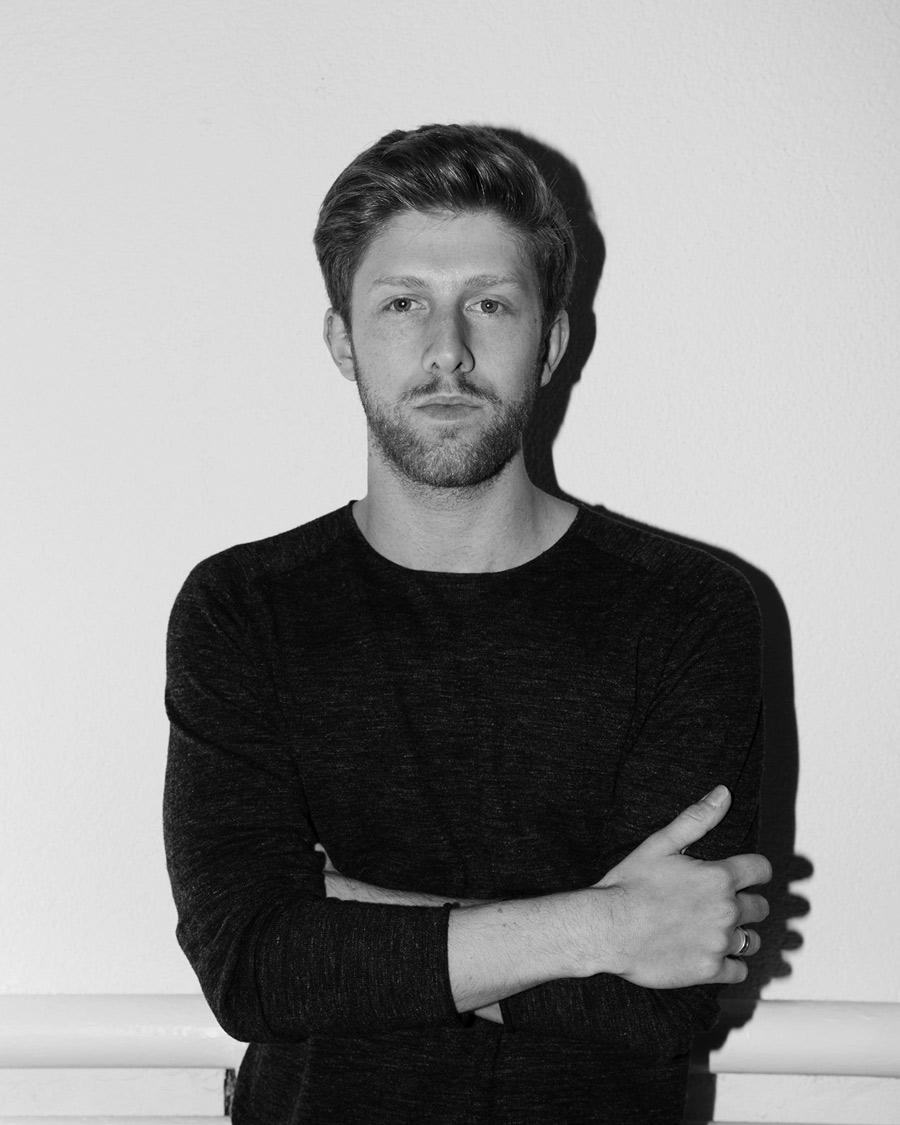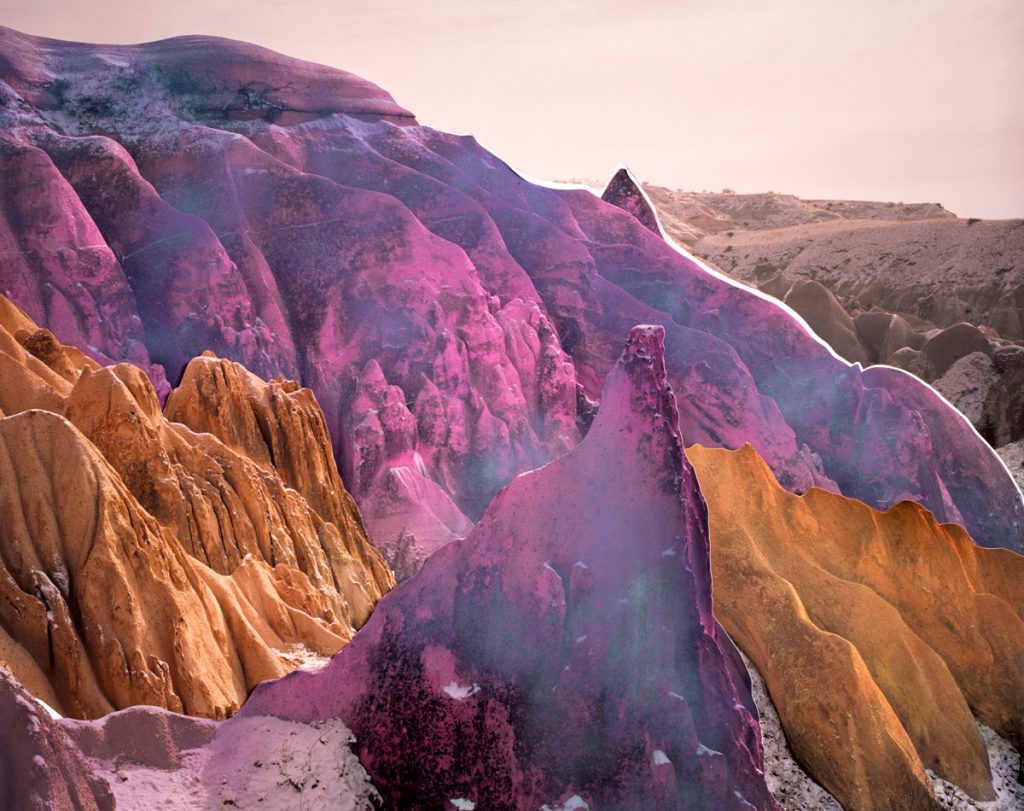
Douglas Mandry, Mountain Pass #4, série Unseen Sights (2015-18), courtesy Galerie Binome
édition de 5 (+1EA) – 120 x 150 cm – et – édition de 3 (+1EA) – 51 x 64 cm
tirage Lambda sur papier Fuji d’après photographie noir et blanc peinte à la main à l’aérographe et/ou à la peinture acrylique
contrecollage sur aluminium, encadrement bois blanc, verre antireflet
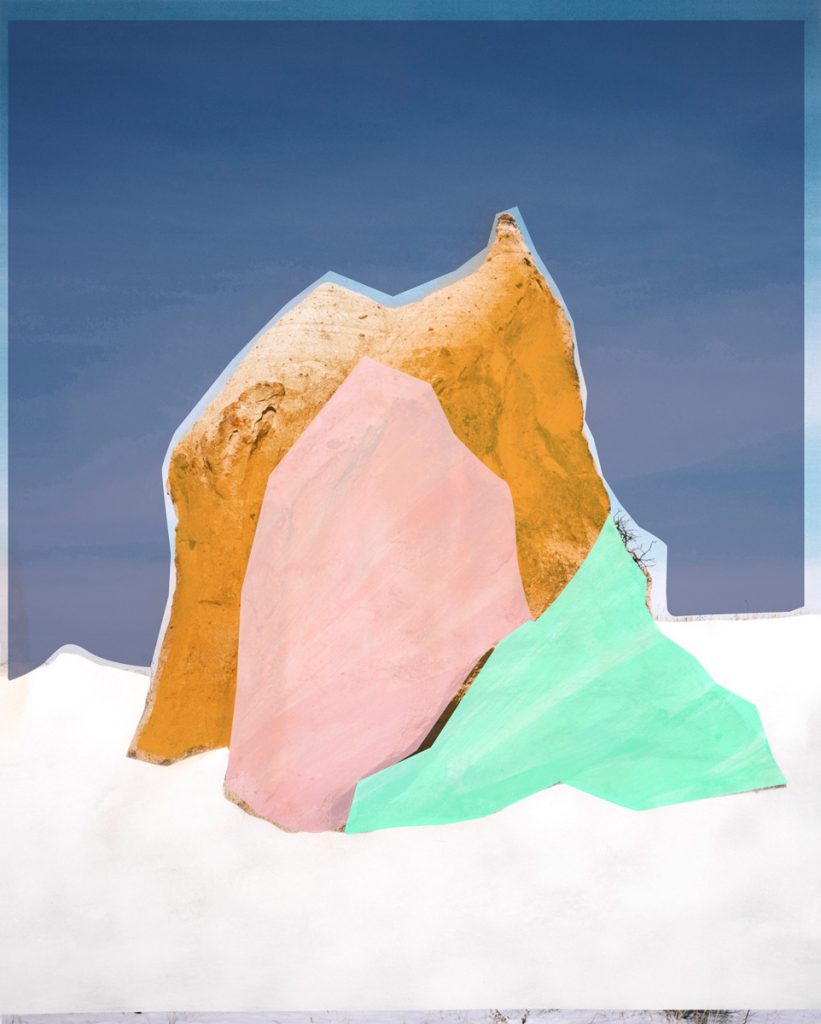
Douglas Mandry, sans titre #1, série Unseen Sights (2015-18), courtesy Galerie Binome
édition de 5 (+1EA) : 110 x 90 cm – et – édition de 3 (+1EA) : 64 x 51 cm
tirage Lambda sur papier Fuji d’après photographie noir et blanc peinte à la main à l’aérographe et/ou à la peinture acrylique
contrecollage sur aluminium, encadrement bois blanc, verre antireflet
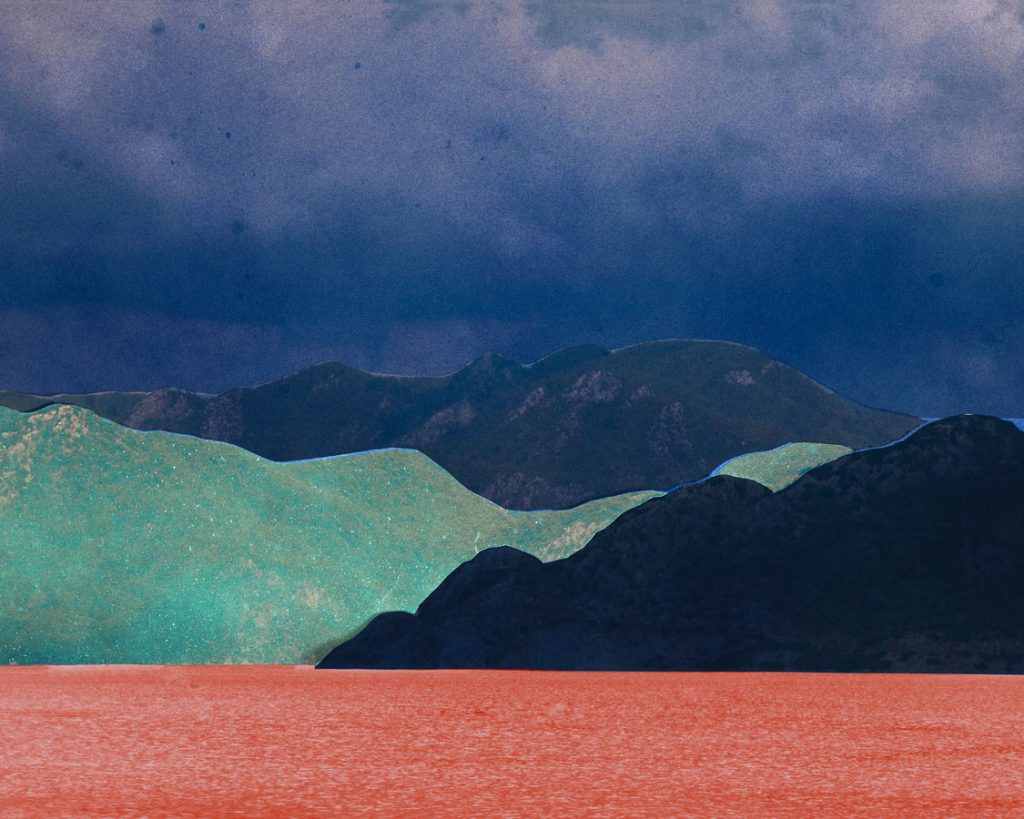
Douglas Mandry, Mountain Pass #8, série Unseen Sights (2015-18), courtesy Galerie Binome
édition de 5 (+1EA) – 90 x 110 cm – et – édition de 3 (+1EA) : 51 x 64 cm
tirage Lambda sur papier Fuji d’après photographie noir et blanc peinte à la main à l’aérographe et/ou à la peinture acrylique
contrecollage sur aluminium, encadrement bois blanc, verre antireflet
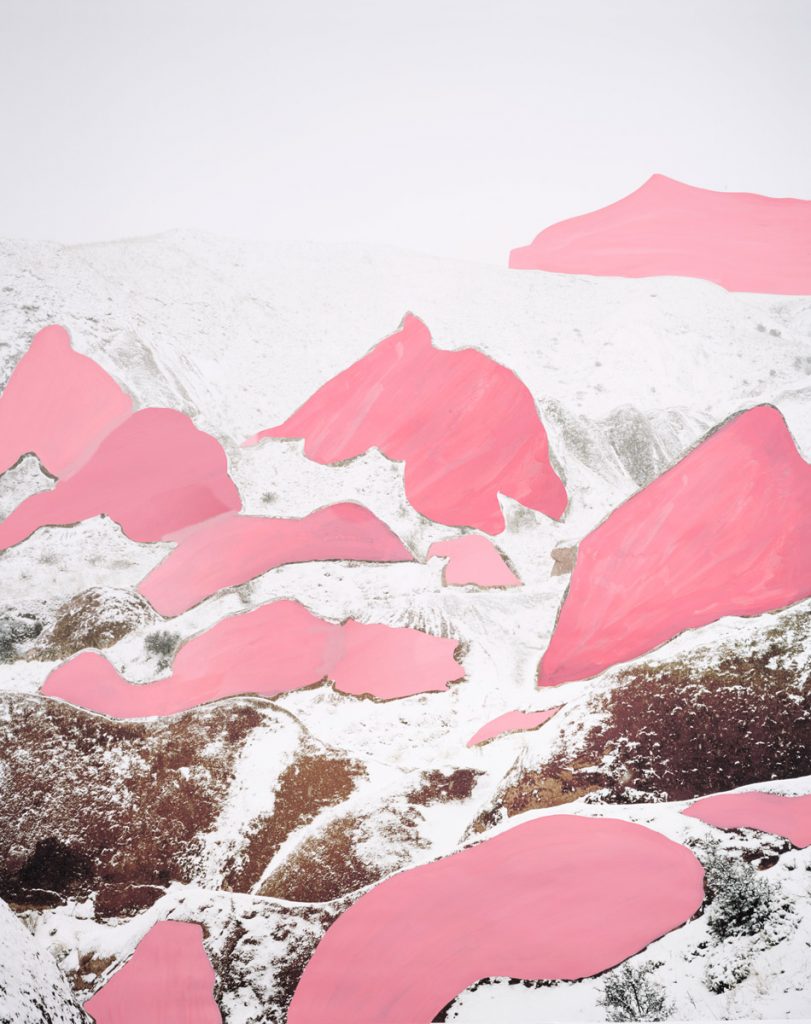
Douglas Mandry, sans titre #4, série Unseen Sights (2015-18), courtesy Galerie Binome
édition de 5 (+1EA) – 150 x 120 cm – et – édition de 3 (+1EA) : 64 x 51 cm
tirage Lambda sur papier Fuji d’après photographie noir et blanc peinte à la main à la peinture acrylique
contrecollage sur aluminium, encadrement bois blanc, verre antireflet
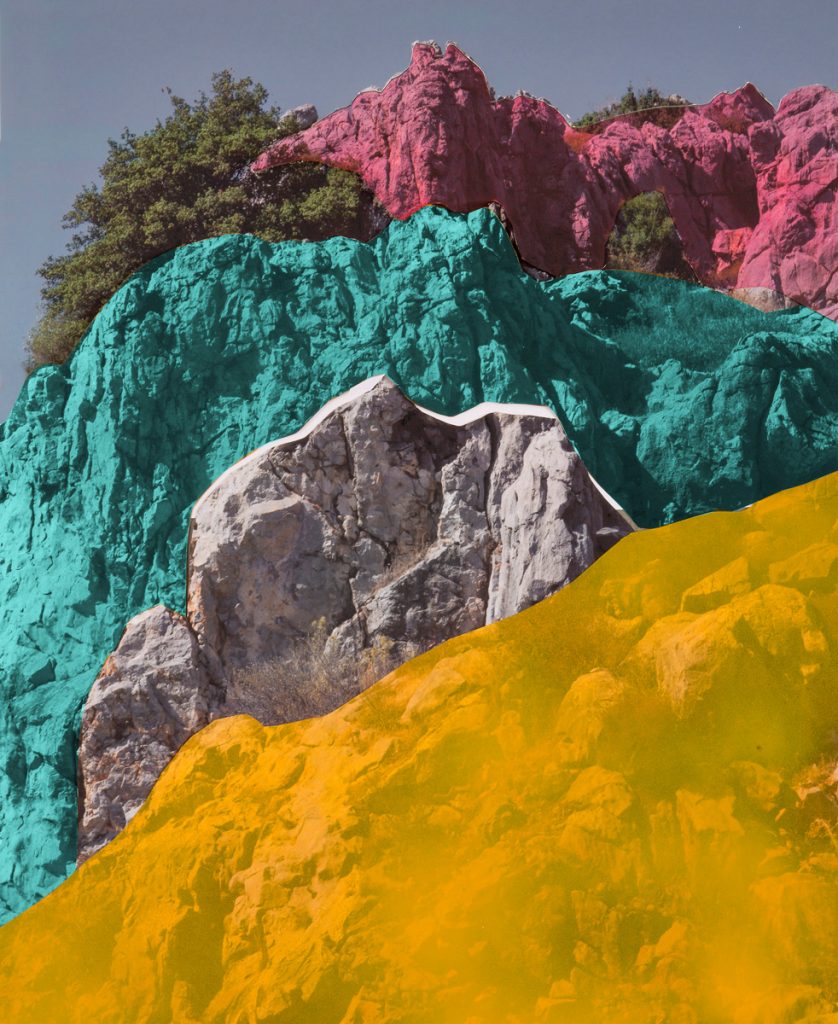
Douglas Mandry, Mountain Pass #9, série Unseen Sights (2015-18), courtesy Galerie Binome
édition de 5 (+1EA) : 110 x 90 cm – et – édition de 3 (+1EA) : 64 x 51 cm
tirage Lambda sur papier Fuji d’après photographie noir et blanc peinte à la main à la peinture acrylique
contrecollage sur aluminium, encadrement bois blanc, verre antireflet
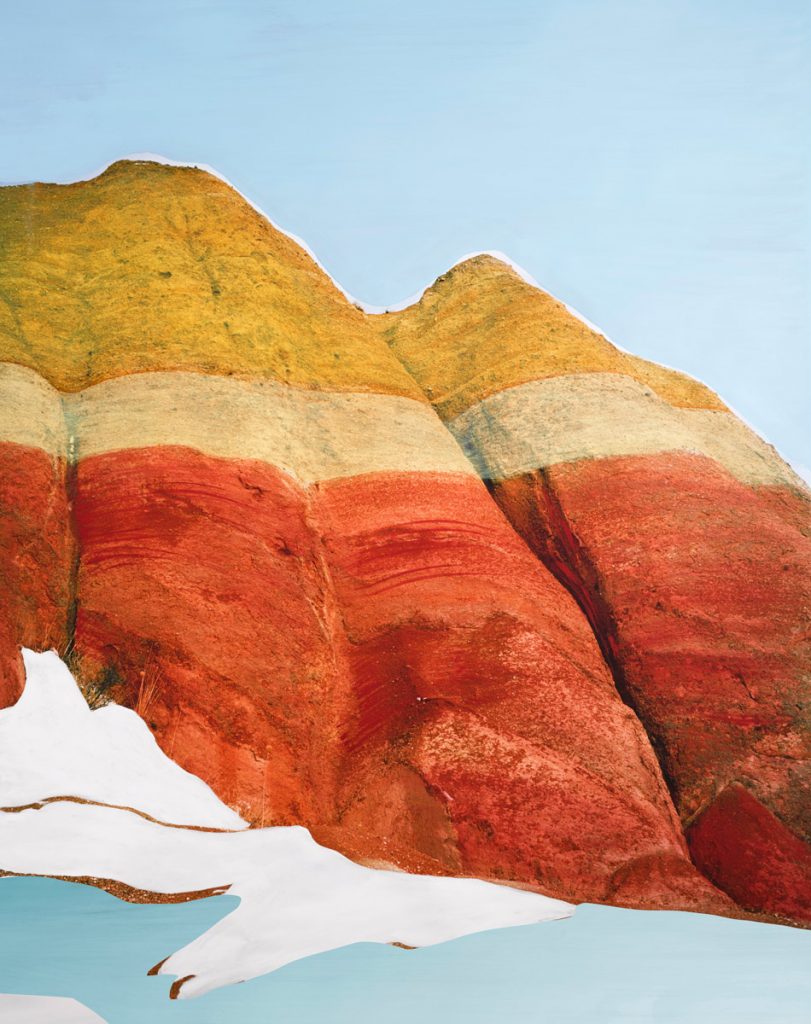
Douglas Mandry, sans titre #2, série Unseen Sights (2015-18), courtesy Galerie Binome
édition de 5 (+1EA) – 110 x 90 cm – et – édition de 3 (+1EA) : 64 x 51 cm
tirage Lambda sur papier Fuji d’après photographie noir et blanc peinte à la main à l’aérographe et/ou à la peinture acrylique
contrecollage sur aluminium, encadrement bois blanc, verre antireflet
« Intéressé par le décalage entre la réalité et la représentation, Mandry s’est inspiré des cartes postales orientalistes de vieux magazines représentant des paysages orientaux. La carte postale est devenue un moyen de communication populaire à la fin du XIXe et au début du XXe siècle, représentant principalement des monuments, des paysages et des autochtones «les autres». Elle est apparue à l’émergence du tourisme de masse et était un excellent moyen de faire de la publicité pour un lieu. Les photographies de paysages étaient donc souvent rehaussées par des retouches et des colorations afin de promouvoir un lieu – plus c’était exotique, mieux c’était. D’une part, les représentations photographiques de l’Orient donnaient aux gens des impressions réalistes directes du Moyen-Orient, auparavant réservées aux salons élitistes où les peintres présentaient leurs impressions orientalistes à un public très sélectif. D’autre part, la popularité de la colorisation des images pour renforcer le réalisme de la photographie a également ajouté une couche picturale – au sens propre et au sens figuré – qui a encouragé un effet artistique sur la documentation graphique.
Dans sa série Unseen Sights, Douglas Mandry n’ajoute pas tant de réalité à ses photographies de paysages en les colorant, mais la déconstruit plutôt en mettant l’accent sur le processus de création. D’une certaine manière, les « vues « de Mandry pourraient être mises en relation avec la notion de géographies imaginaires d’Edward Saïd. Une grande partie de notre relation au temps et à l’espace est poétique; notre sentiment de soi par rapport aux lieux et au temps historique est souvent basé sur des associations émotionnelles plutôt que sur un sens rationnel. »
Mirjam C. Kooiman, Foam Museum
“Interested in the gap between reality and representation, Mandry drew inspiration from orientalist picture postcards in old magazines of Oriental landscapes. The picture postcard became a popular way to communicate in the late nineteenth and early twentieth century, mostly depicting monuments, landscapes, and native « Others ». It appeared at the emergence of mass tourism and was a great way to advertise a place. Landscape photographs would therefore often be enhanced by means of retouching and coloring to promote a place – the more exotic, the better. On the one hand, photographic depictions of the Orient gave people direct realistic impressios of the Middle East previously reserved for elitist salons where painters would present their Orientalist impressions to a very selective audience. On the other hand, the popularity of image colorization to heighten the photograph’s realism also added a painterly layer – literally and figuratively speaking – that encouraged an artful effect over graphic documentation.
In his series Unseen Sights, Douglas Mandry does not so much as add reality to his landscape photographs by coloring them, but rather deconstructs it by emphasizing the process of creation. In a way, Mandry’s « sights » could be related to Edward Said’s notion of imagined geographies. Much of how we relate to time and space is poetic; our sense of self in relation to places and historical time is often based more on emotional associations than on rational sense.”
Mirjam C. Kooiman, Foam Museum
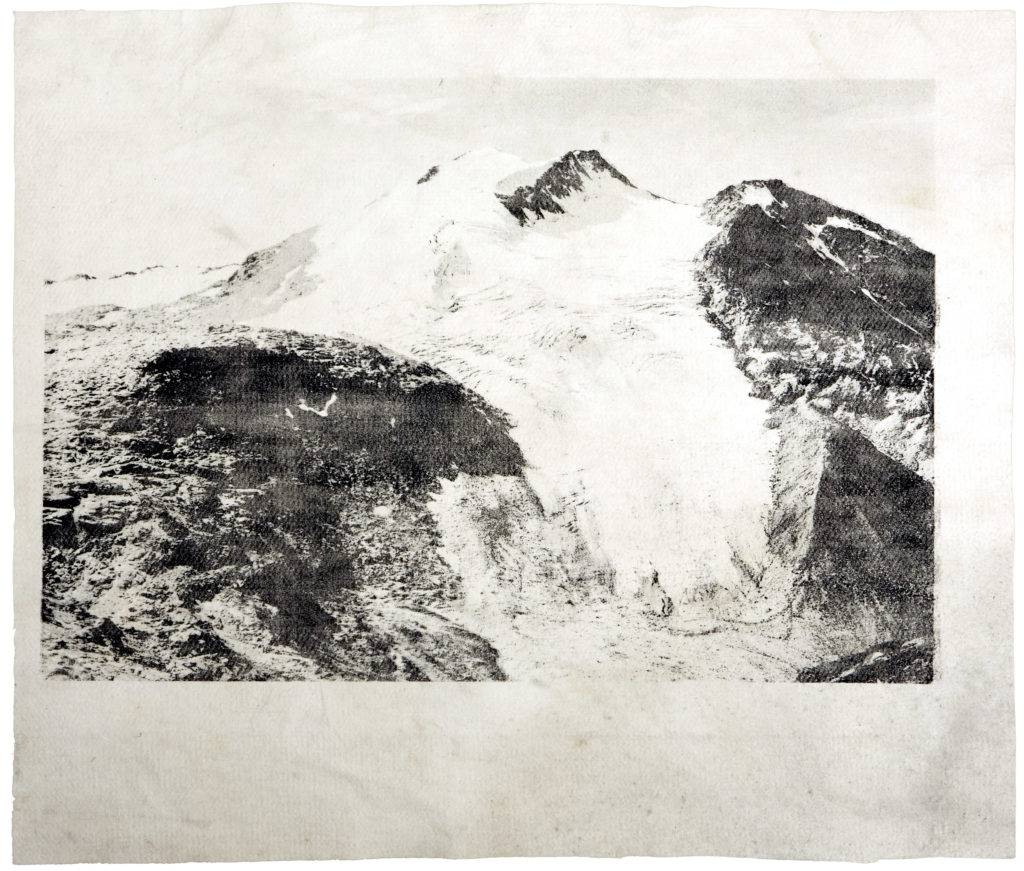
Douglas Mandry, Untitled XXV, série Monuments, 2021
lithographie sur géotextile usagé (couverture de glacier) d’après photographie ancienne
encadrement bois anthracite, verre antireflet
pièce unique – encadrement 125 x 141 cm
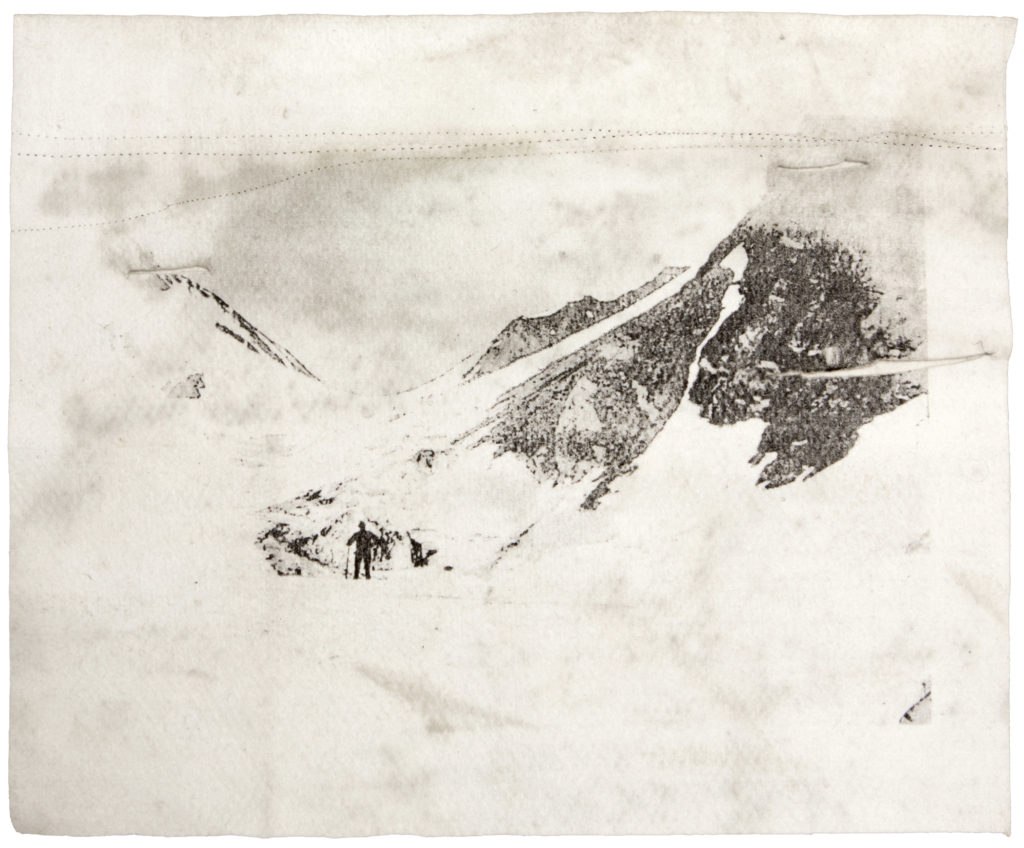
Douglas Mandry, Untitled VII, série Monuments, 2021
lithographie sur géotextile usagé (couverture de glacier) d’après photographie ancienne
encadrement bois anthracite, verre antireflet
pièce unique – encadrement 66 x 77 cm
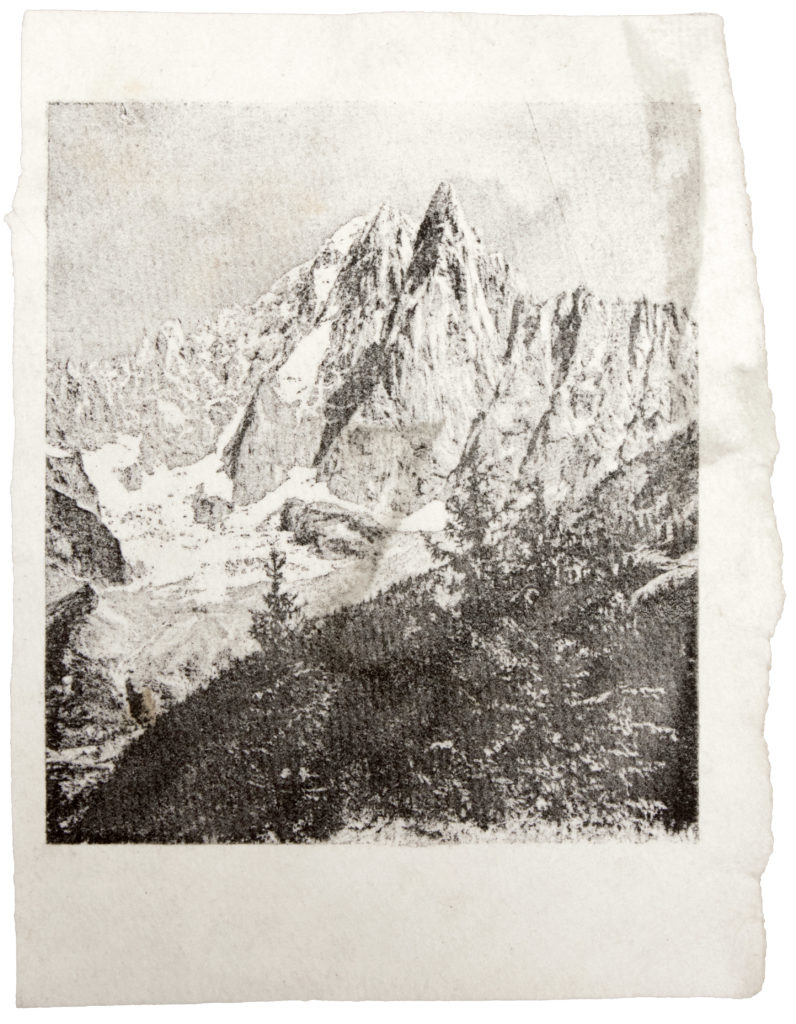
Douglas Mandry, Aiguille Verte série Monuments, 2021
courtesy Galerie Bino
pièce unique – encadrement 77 x 66 cm -épuisée
lithographie sur géotextile usagé (couverture de glacier) d’après photographie ancienne
encadrement bois anthracite, verre antireflet
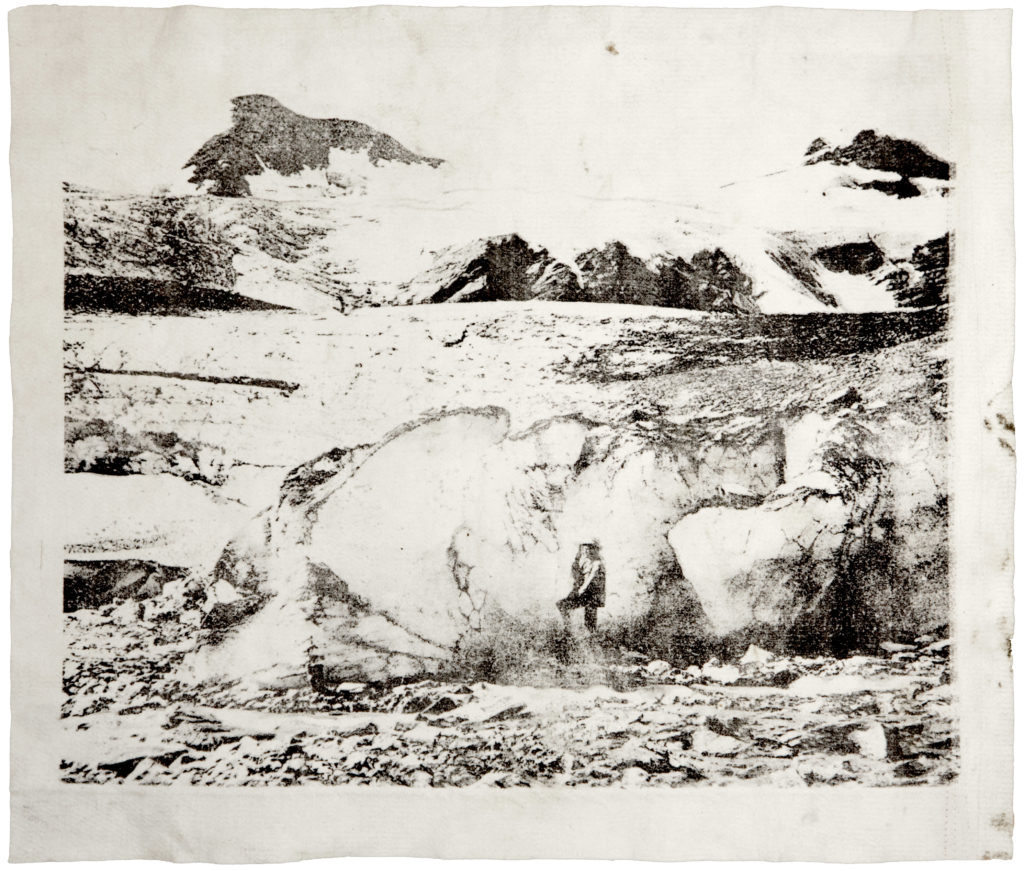
Douglas Mandry, Gepatschferner , série Monuments, 2021
lithographie sur géotextile usagé (couverture de glacier) d’après photographie ancienne
encadrement bois anthracite, verre antireflet
pièce unique – encadrement 125 x 141 cm
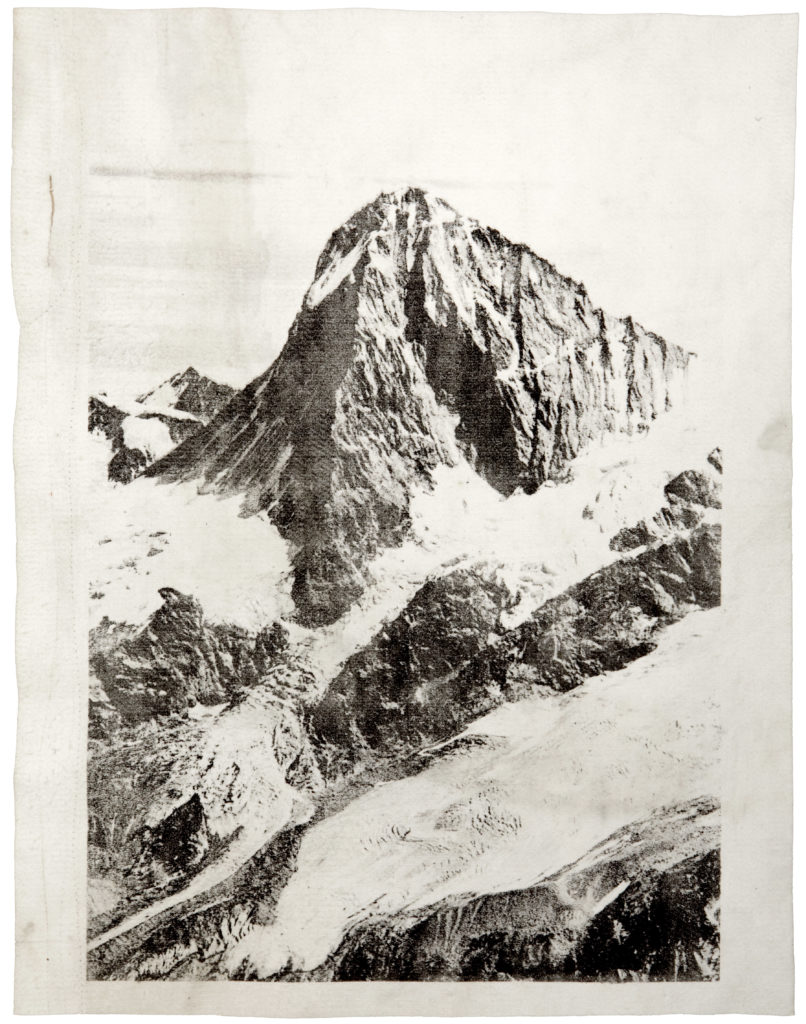
Douglas Mandry, Dent-Blanche, série Monuments, 2021
lithographie sur géotextile usagé (couverture de glacier) d’après photographie ancienne
encadrement bois anthracite, verre antireflet
pièce unique – encadrement 139 x 112 cm
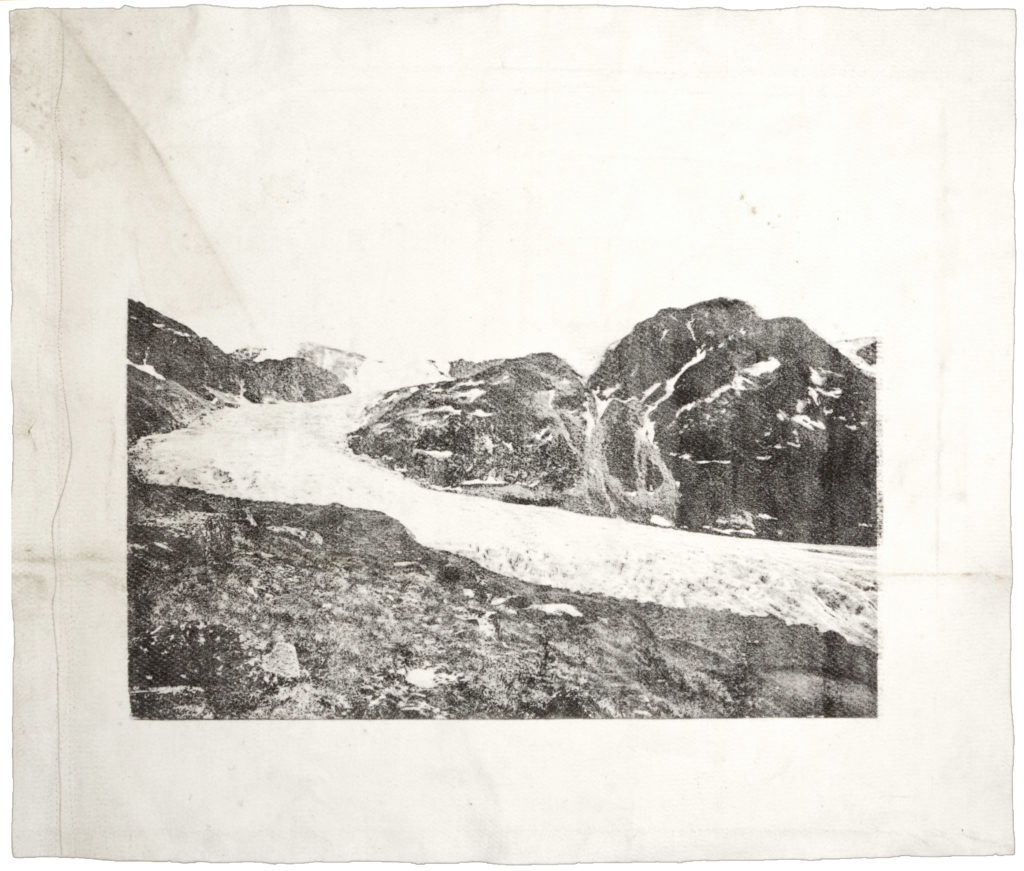
Douglas Mandry, Untitled XXVII, série Monuments, 2021
lithographie sur géotextile usagé (couverture de glacier) d’après photographie ancienne
encadrement bois anthracite, verre antireflet
pièce unique – encadrement 125 x 141 cm
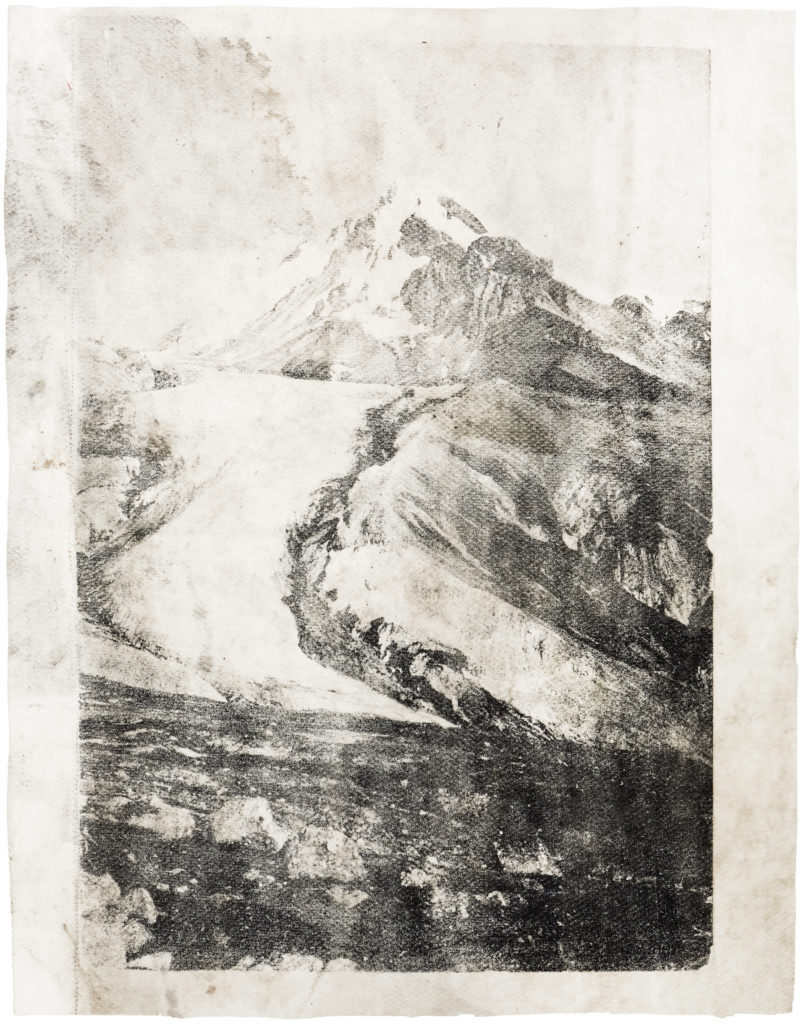
Douglas Mandry, Untitled XXVI, série Monuments, 2021
courtesy Galerie Binome
pièce unique – encadrement 139 x 112 cm – épuisée
lithographie sur géotextile usagé (couverture de glacier) d’après photographie ancienne
encadrement bois anthracite, verre antireflet
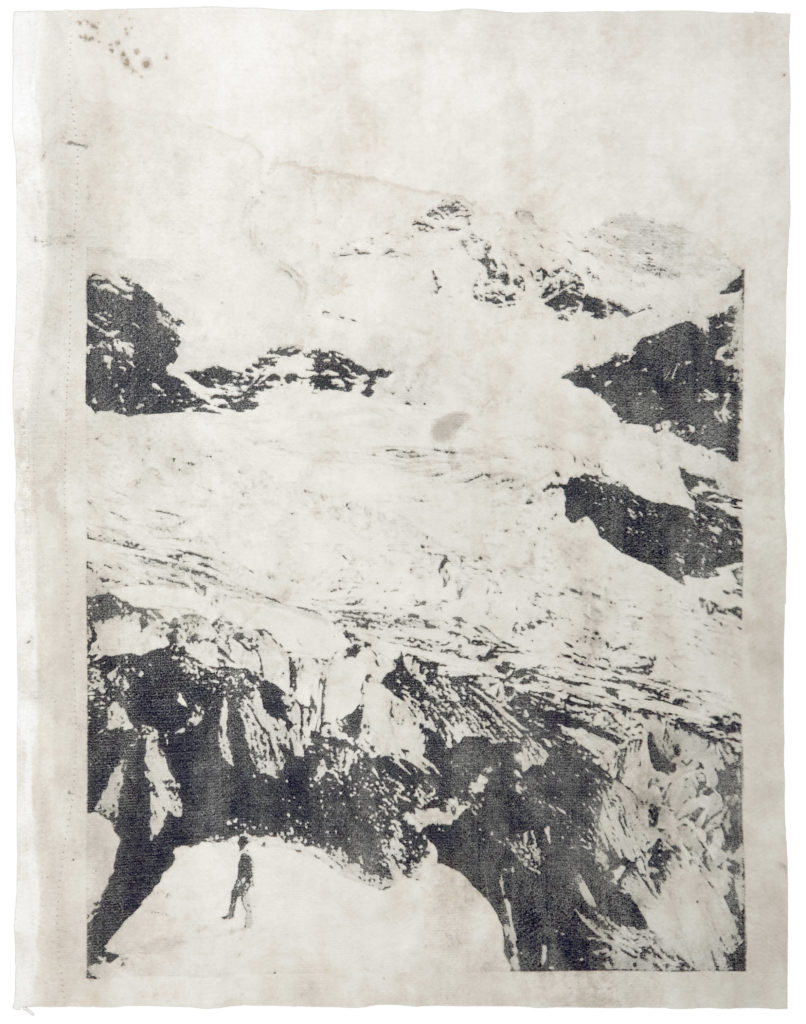
Douglas Mandry, Guggigletscher, 1868, série Monuments, 2021
courtesy Galerie Binome
pièce unique – encadrement 139 x 112 cm – épuisée
lithographie sur géotextile usagé (couverture de glacier) d’après photographie ancienne
encadrement bois anthracite, verre antireflet
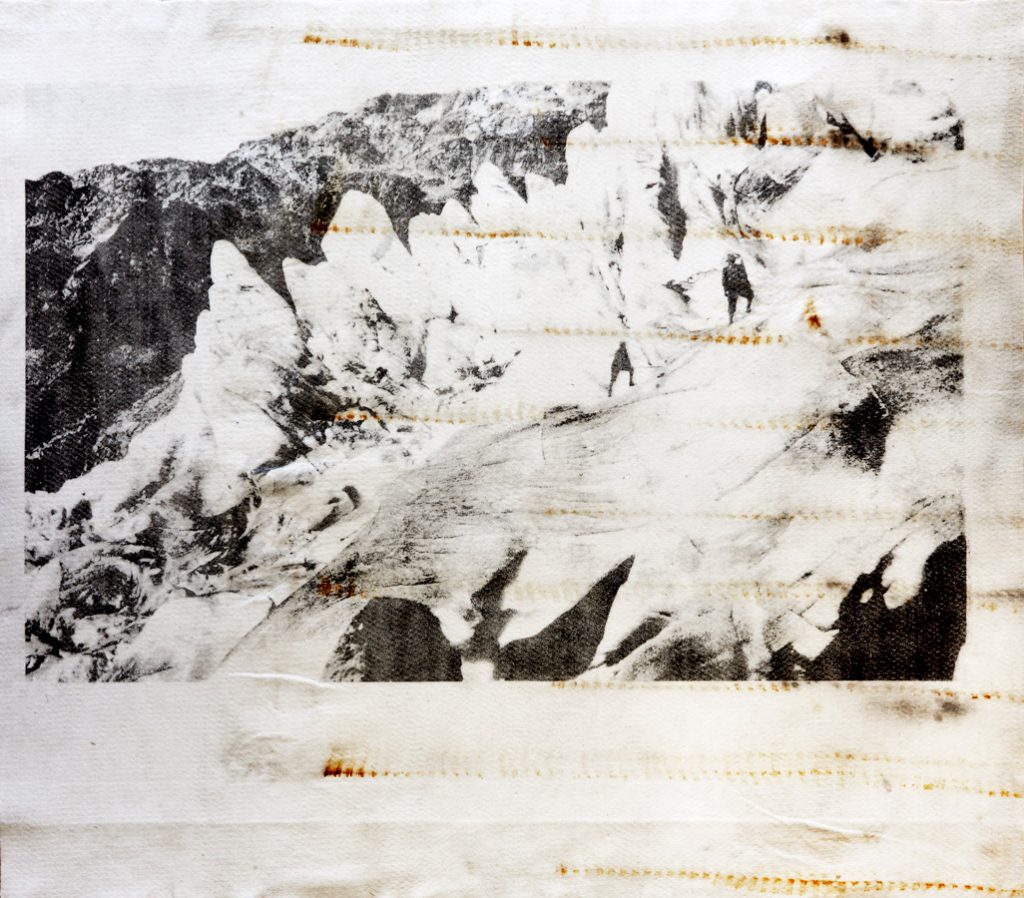
Douglas Mandry, Rhonegletscher Eisgrotte (2300 m), 2020, série Monuments (2019-20), courtesy Galerie Binome
pièce unique – 125 x 142 cm – épuisée
lithographie sur géotextile usagé (couverture de glacier) d’après photographie ancienne
encadrement bois anthracite, verre antireflet
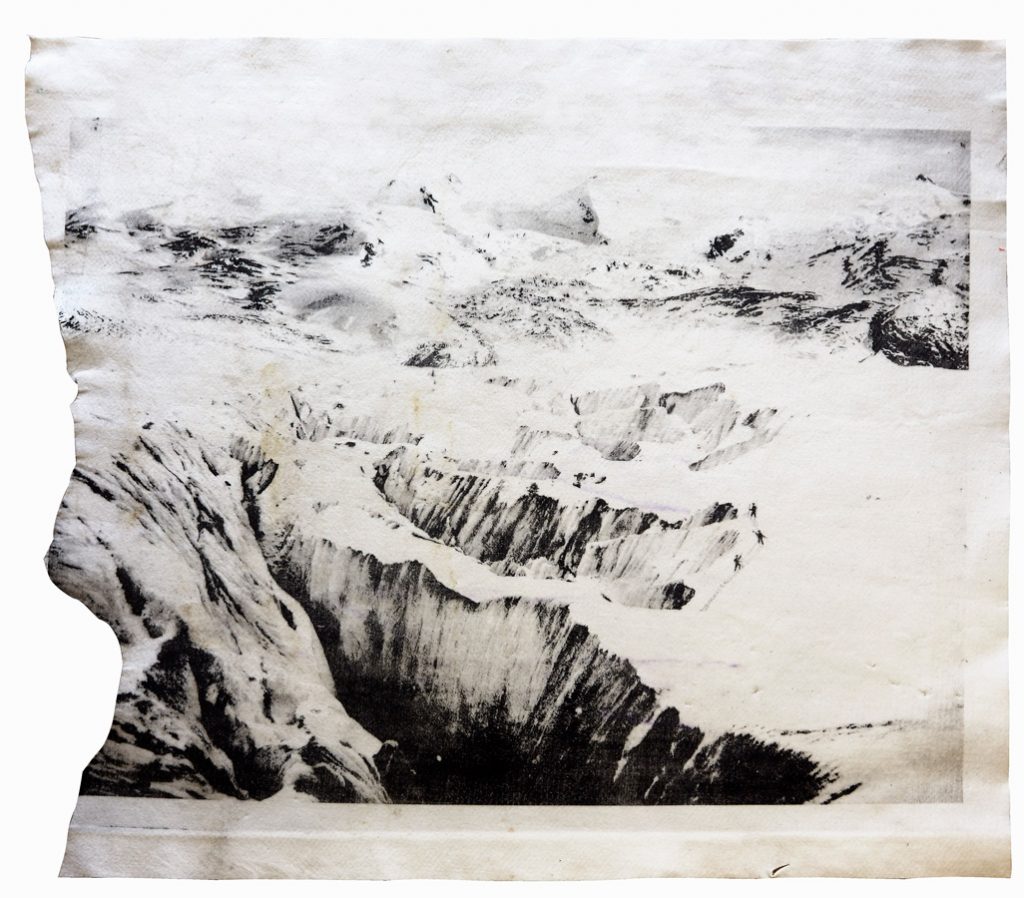
Douglas Mandry, Parthie du Glacier de Roseg, 2020, série Monuments (2019-20), courtesy Galerie Binome
pièce unique – 125 x 142 cm – épuisée
lithographie sur géotextile usagé (couverture de glacier) d’après photographie ancienne
encadrement bois anthracite, verre antireflet
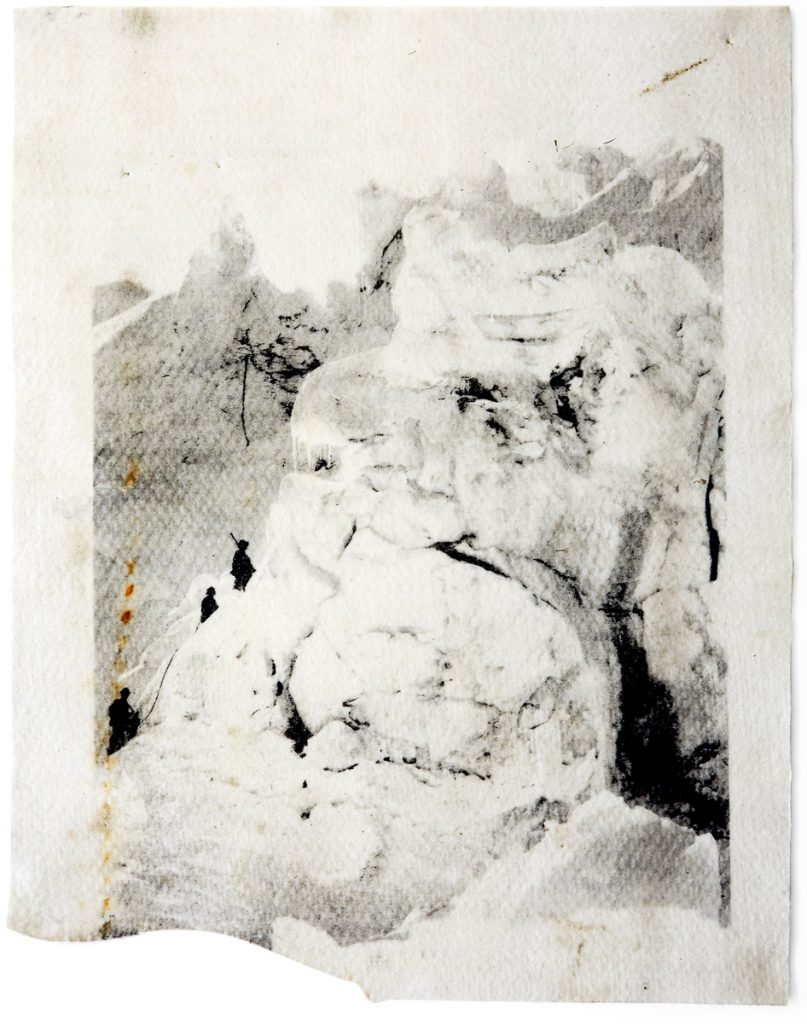
Douglas Mandry, sans titre #14, 2020, série Monuments (2019-20), courtesy Galerie Binome
pièce unique – 62 x 75,5 cm – épuisée
lithographie sur géotextile usagé (couverture de glacier) d’après photographie ancienne
encadrement bois anthracite, verre antireflet
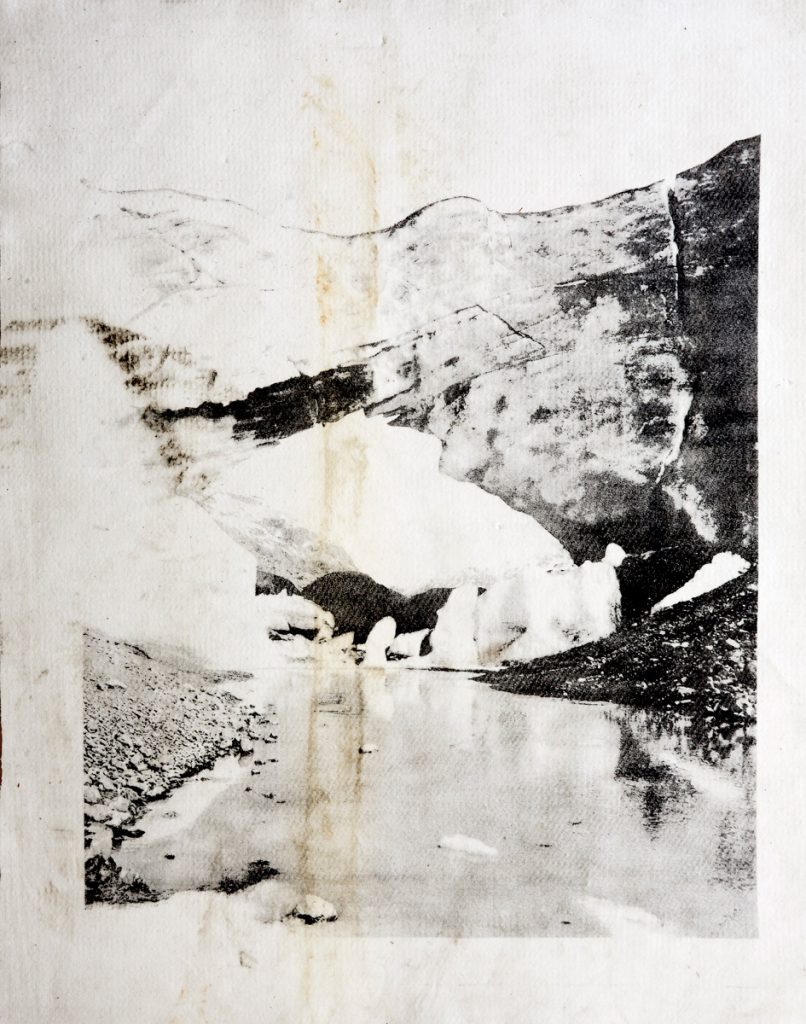
Douglas Mandry, sans titre #15, 2020, série Monuments (2019-20), courtesy Galerie Binome
pièce unique – 141 x 112 cm – épuisée
lithographie sur géotextile usagé (couverture de glacier) d’après photographie ancienne
encadrement bois anthracite, verre antireflet
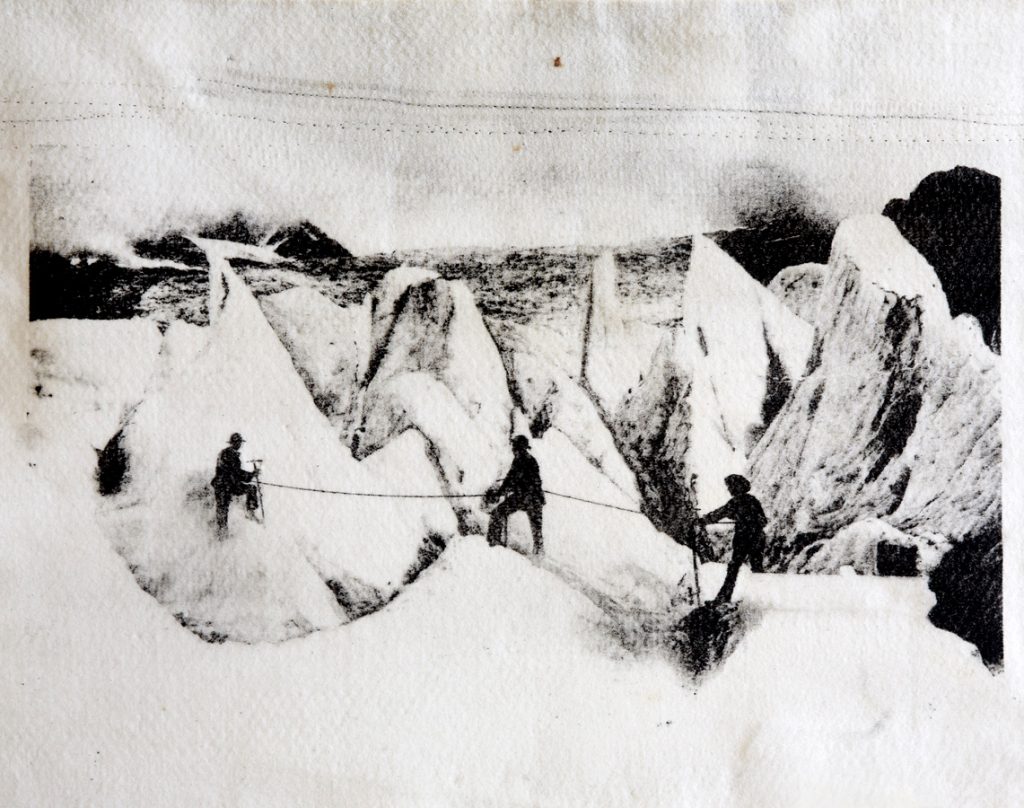
Douglas Mandry, Glacier des Bossons, 2020, série Monuments (2019-20), courtesy Galerie Binome
pièce unique – 62 x 75,5 cm – épuisée
lithographie sur géotextile usagé (couverture de glacier) d’après photographie ancienne
encadrement bois anthracite, verre antireflet
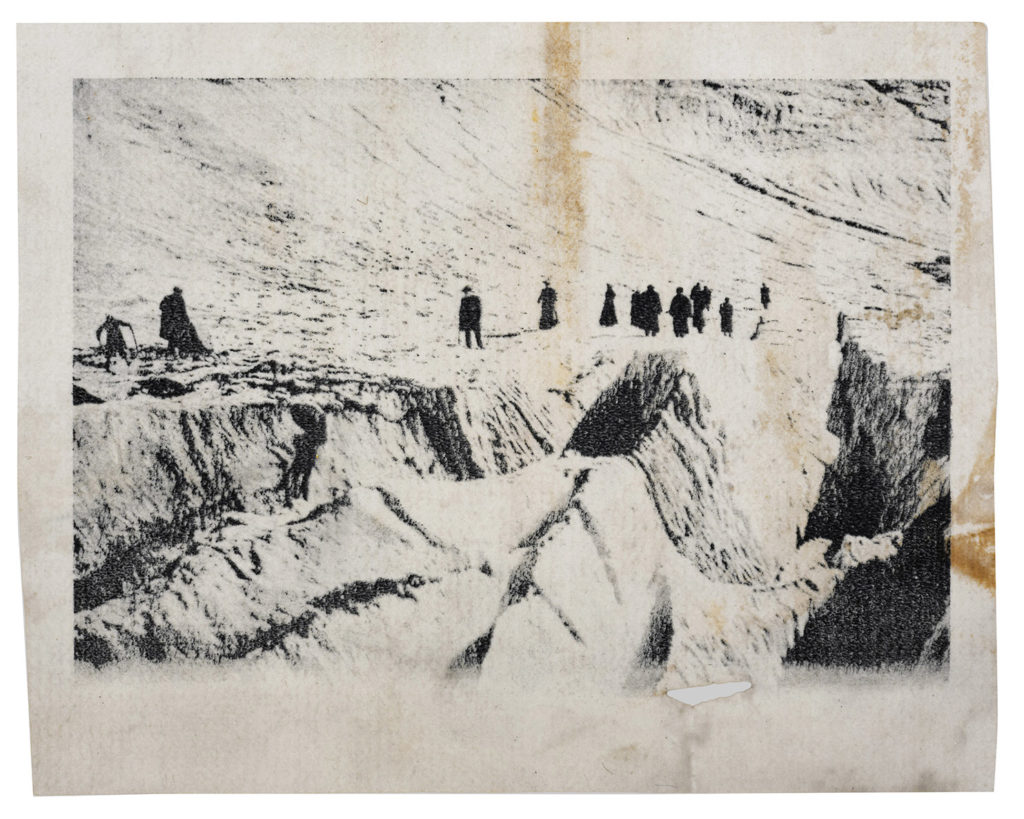
Douglas Mandry, Vlies N°012, série Monuments, 2022
pièce unique – 66 x 77 cm – épuisée
lithographie sur géotextile usagé (couverture de glacier) d’après photographie ancienne
traces, rouille et clous en acier
encadrement bois anthracite, verre antireflet
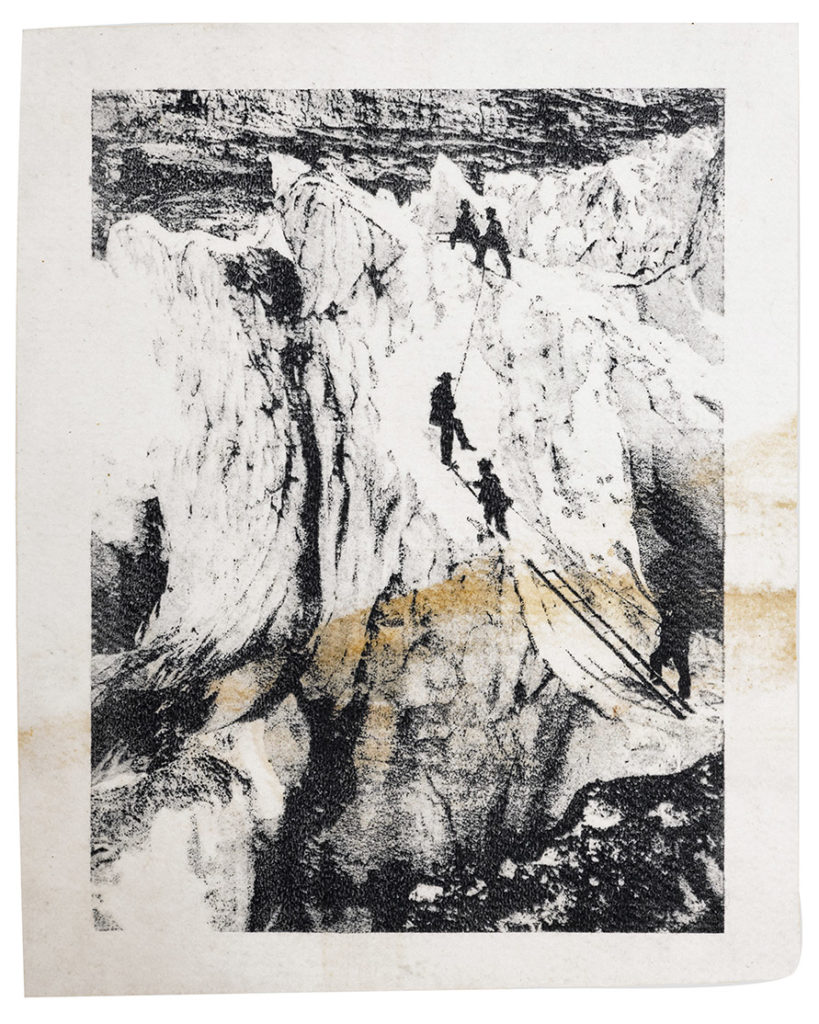
Douglas Mandry, Mont-Blanc Massiv, 1900, série Monuments, 2022
pièce unique – 77 x 66 cm – épuisée
lithographie sur géotextile usagé (couverture de glacier) d’après photographie ancienne
traces, rouille et clous en acier
encadrement bois anthracite, verre antireflet
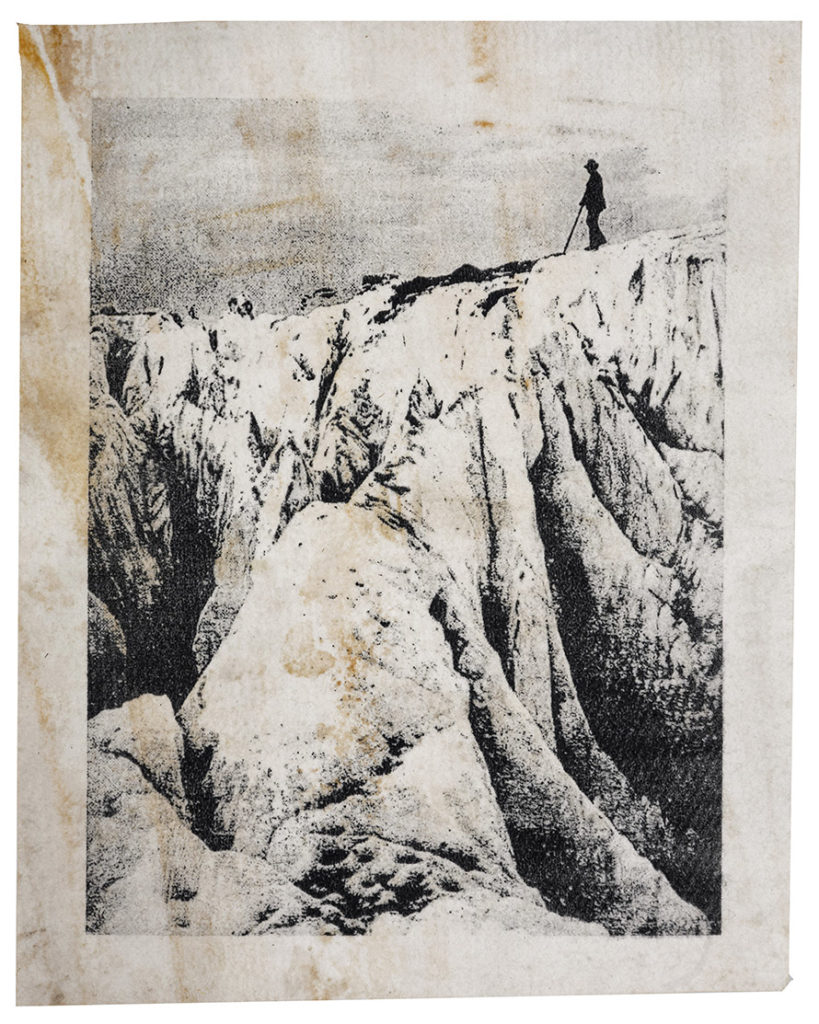
Douglas Mandry, Ein Wanderer auf dem Gletscher, série Monuments, 2022
pièce unique – 77 x 66 cm – épuisée
lithographie sur géotextile usagé (couverture de glacier) d’après photographie ancienne
traces, rouille et clous en acier
encadrement bois anthracite, verre antireflet
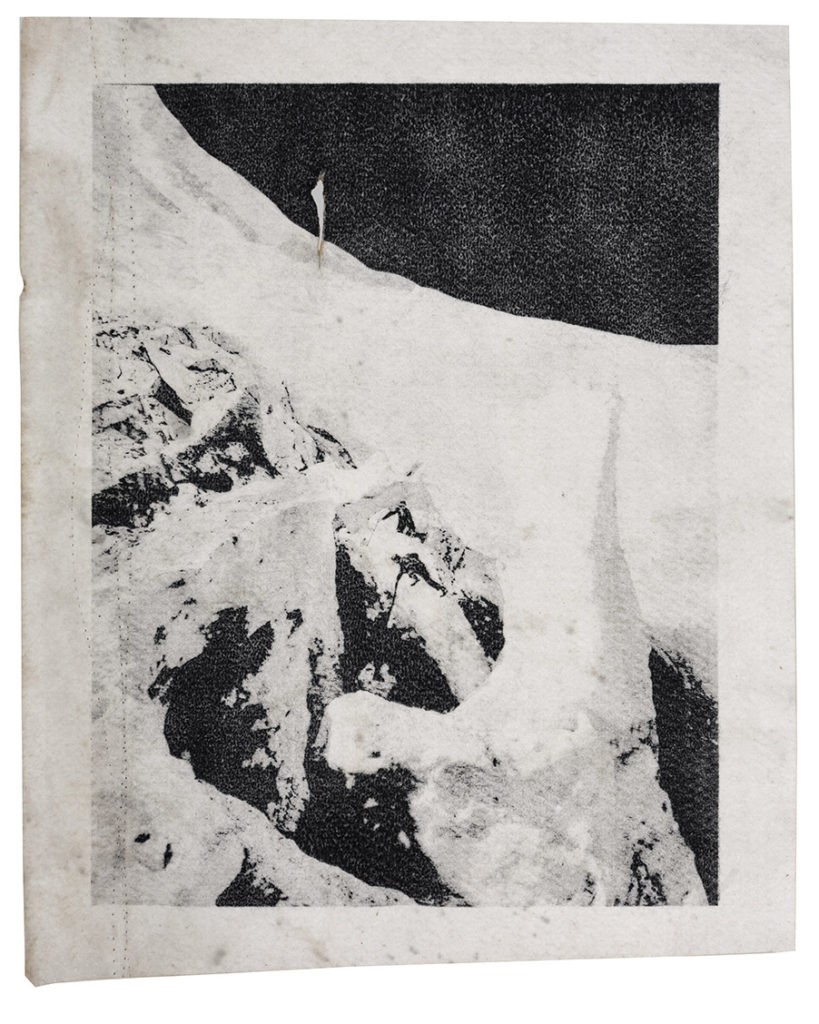
Douglas Mandry, Bergsteiger in einem 2 Gletschergebiet der Alpen, série Monuments, 2022
courtesy Galerie Binome
pièce unique – 77 x 66 cm – épuisée
lithographie sur géotextile usagé (couverture de glacier) d’après photographie ancienne
traces, rouille et clous en acier
encadrement bois anthracite, verre antireflet
« Faire état de ce qui a été et de ce qui advient. Douglas Mandry puise ses images dans l’iconographie du siècle dernier. Il transfère par procédé lithographique des photographies de montagnes enneigées des années 30-40, à même les “couvertures de glacier” usagées, aujourd’hui employées en Suisse pour tenter d’en ralentir la fonte.
Qui du linceul fait le deuil d’une époque mythique, qui de la couverture de survie en tente une conservation par le “high-technology”, la série Monuments porte les stigmates de nos rêves rattrapés par leurs excès. » Au bout du plongeoir, le grand bain, Galerie Binome, 2020
Le projet Monuments traduit une relation entre l’évolution technologique et le changement climatique. Douglas Mandry s’est rendu dans les Alpes suisses pour collecter des morceaux de tissus géotextiles, des « couvertures de glacier » développées pour tenter de ralentir le processus inéluctable de disparition.
Parallèlement, Mandry a rassemblé des images d’archives anonymes de glaciers du début du 20e siècle pour les transférer sur ces morceaux de textile couverts de stigmates (auréoles, déchirures, traces de surpiqûre, tâches de rouille) après une saison d’été passée sur la glace. Le tirage par contact, grâce au procédé ancien de lithographie (Steindruck), produit un phénomène de double exposition : les images, souvenirs de l’âge d’or du tourisme en Suisse, deviennent partie intégrante des tentatives technologiques actuelles de préserver un passé qui n’existe plus.
Il en résulte un effet de collage où le temps et l’espace sont déplacés consciemment et de manière ludique par l’artiste. Mandry remet en question la matérialité. En utilisant des matériaux physiques et des méthodes d’impression traditionnelles, il examine les notions de tangibilité et de permanence. En dialogue constant avec ses moyens de production, son sujet et son environnement, Mandry ouvre de nouvelles voies d’engagement avec le monde qui nous entoure.
« Making a record of what has been and what is to come. Douglas Mandry draws his images from the iconography of the last century. He lithographically transfers photographs of snow-covered mountains from the 1930s and 1940s to the used « glacier blankets » that are now used in Switzerland to try to slow down the melting.
From the shroud to the mourning of a mythical era, from the survival blanket to the attempt at conservation through high-technology, the Monuments series bears the scars of our dreams caught up in their excesses ».
Au bout du plongeoir, le grand bain, Galerie Binome, 2020
The Monuments project reflects a relationship between technological evolution and climate change. Douglas Mandry travelled to the Swiss Alps to collect pieces of geotextile fabric, ‘glacier blankets’ developed in an attempt to slow the inevitable process of disappearance.
At the same time, Mandry collected anonymous archival images of glaciers from the beginning of the 20th century and transferred them onto these pieces of textile covered with stigmata (halos, tears, stitching marks, rust stains) after a summer season spent on the ice. The contact print, using the ancient process of lithography (Steindruck), produces a phenomenon of double exposure: the images, souvenirs of the golden age of tourism in Switzerland, become part of today’s technological attempts to preserve a past that no longer exists.
The result is a collage effect where time and space are consciously and playfully displaced by the artist. Mandry questions materiality. By using physical materials and traditional printing methods, he explores notions of tangibility and permanence. In constant dialogue with his means of production, his subject and his environment, Mandry opens up new ways of engaging with the world around us.
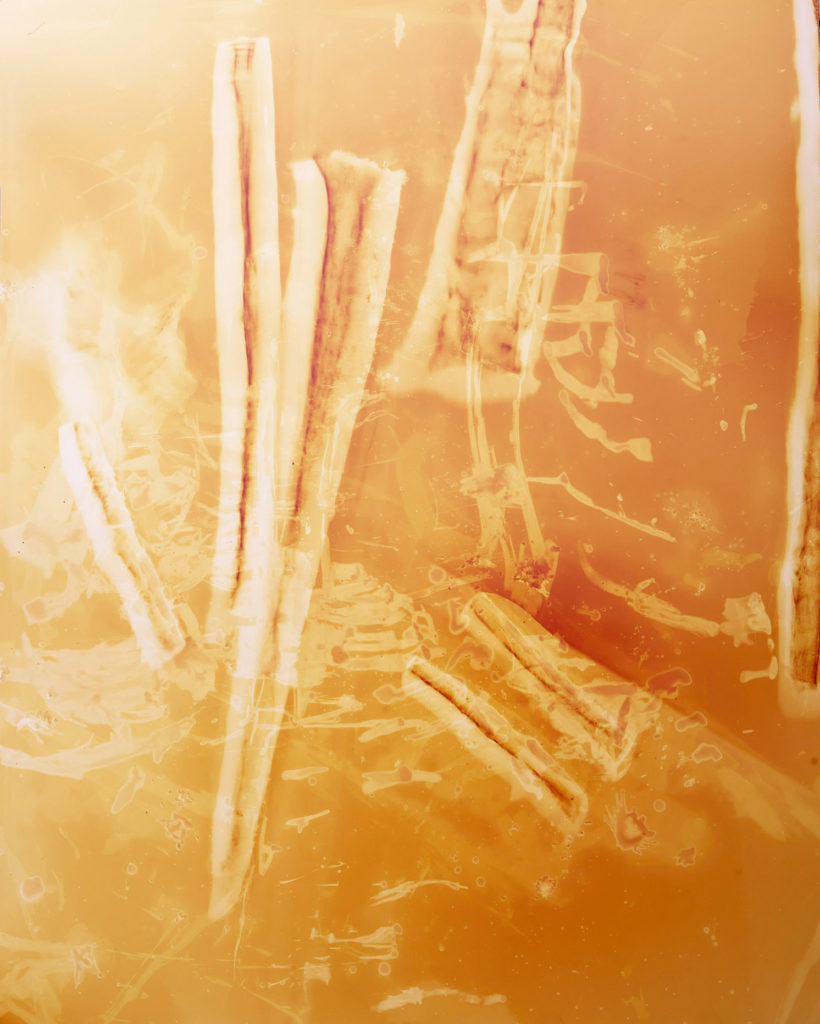
Douglas Mandry, Titlis 210127-016, 2021, série Monuments, courtesy Galerie Binome
pièce unique – 50,7 x 40,6 cm
Photogramme sur papier Kodak, encadrement plexiglass
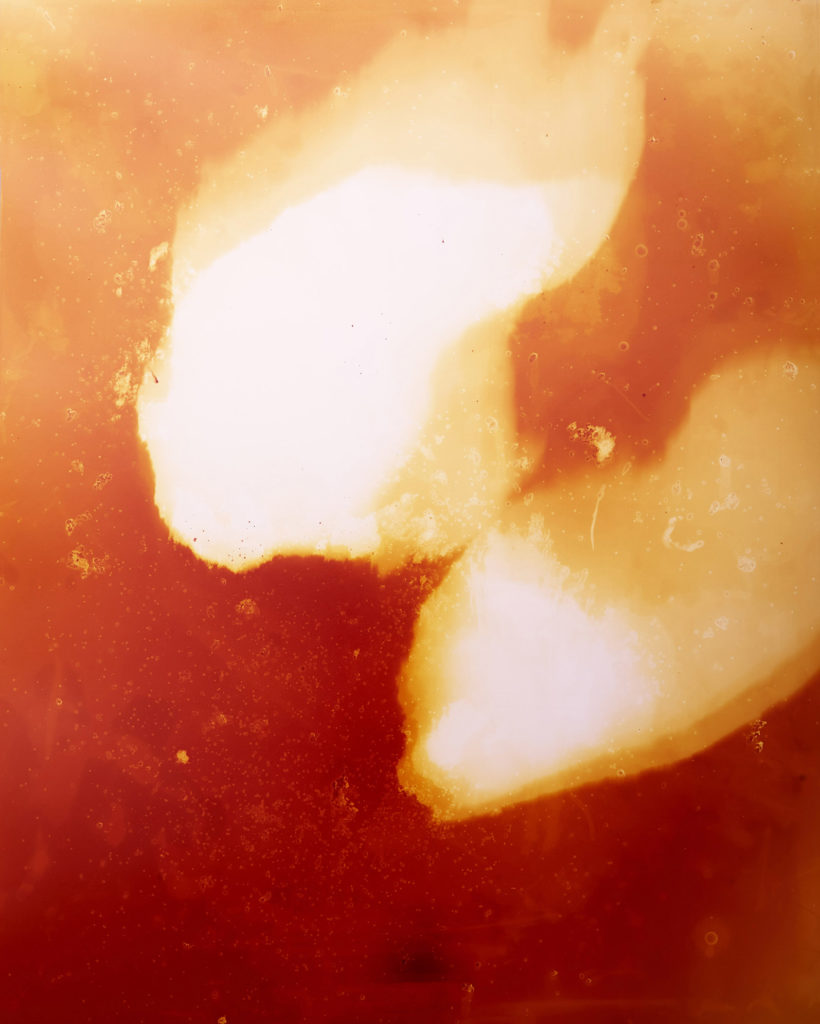
Douglas Mandry, Titlis 210127-017, 2021, série Monuments, courtesy Galerie Binome
pièce unique – 50,7 x 40,6 cm
Photogramme sur papier Kodak, encadrement plexiglass
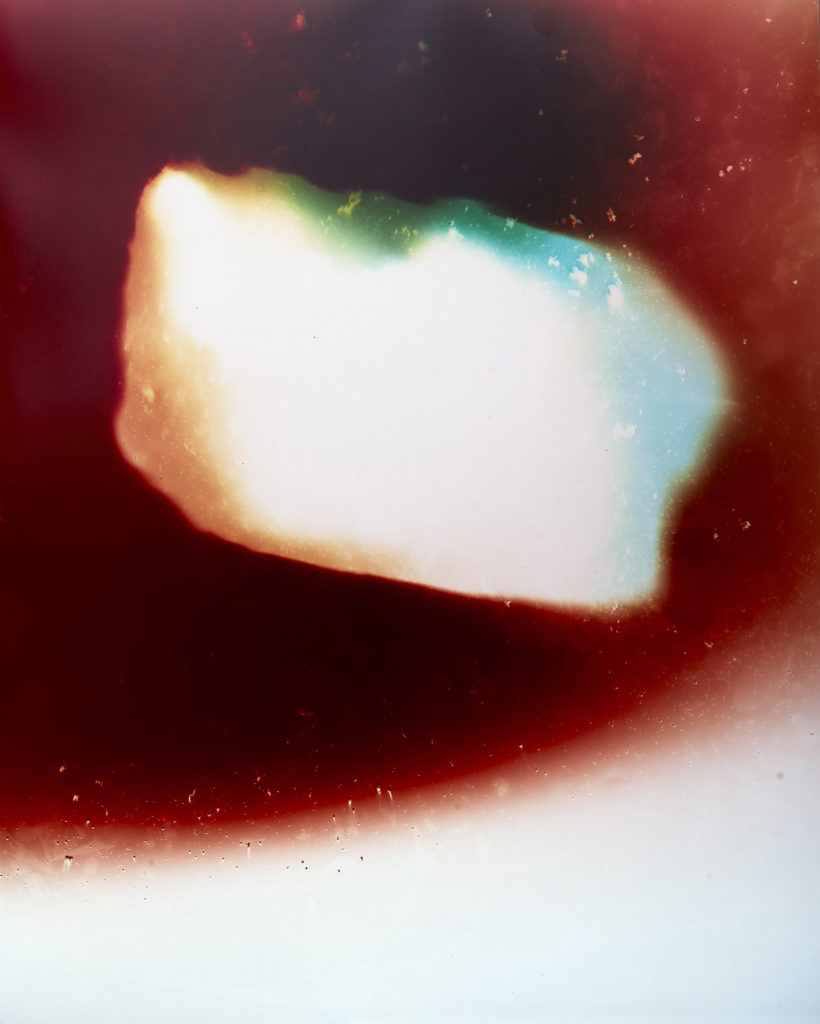
Douglas Mandry, Titlis 210127-018, 2021, série Monuments, courtesy Galerie Binome
pièce unique – 50,7 x 40,6 cm
Photogramme sur papier Kodak, encadrement plexiglass
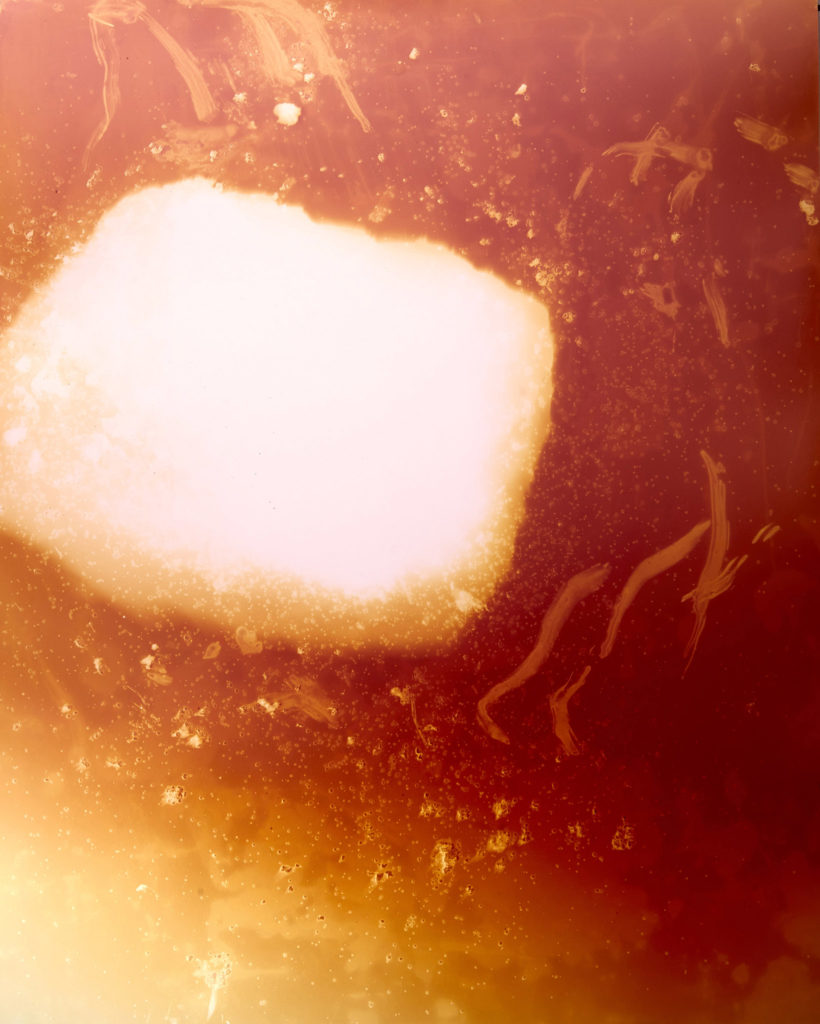
Douglas Mandry, Titlis 210127-019, 2021, série Monuments, courtesy Galerie Binome
pièce unique – 50,7 x 40,6 cm
Photogramme sur papier Kodak, encadrement plexiglass
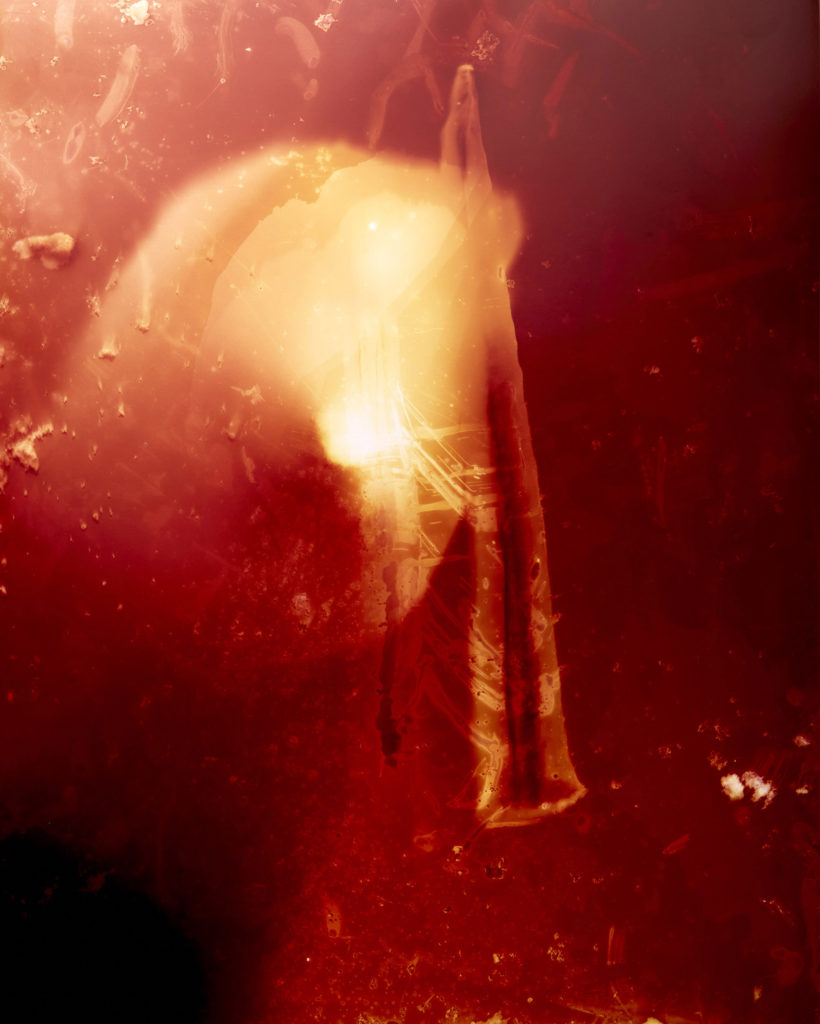
Douglas Mandry, Titlis 210127-021, 2021, série Monuments, courtesy Galerie Binome
pièce unique – 50,7 x 40,6 cm – ven
Photogramme sur papier Kodak, encadrement plexiglass

Douglas Mandry, Titlis 210127-022, 2021, série Monuments, courtesy Galerie Binome
pièce unique – 50,7 x 40,6 cm
Photogramme sur papier Kodak, encadrement plexiglass
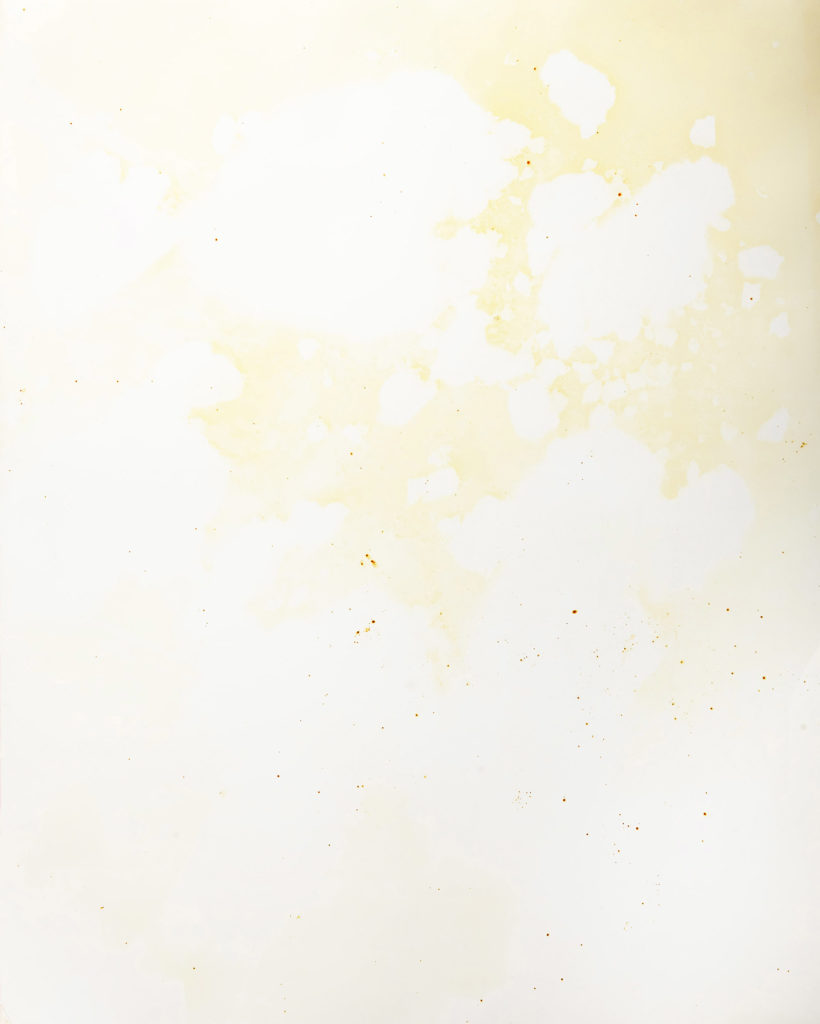
Douglas Mandry, Titlis 210127-023, 2021, série Monuments, courtesy Galerie Binome
pièce unique – 50,7 x 40,6 cm
Photogramme sur papier Kodak, encadrement plexiglass
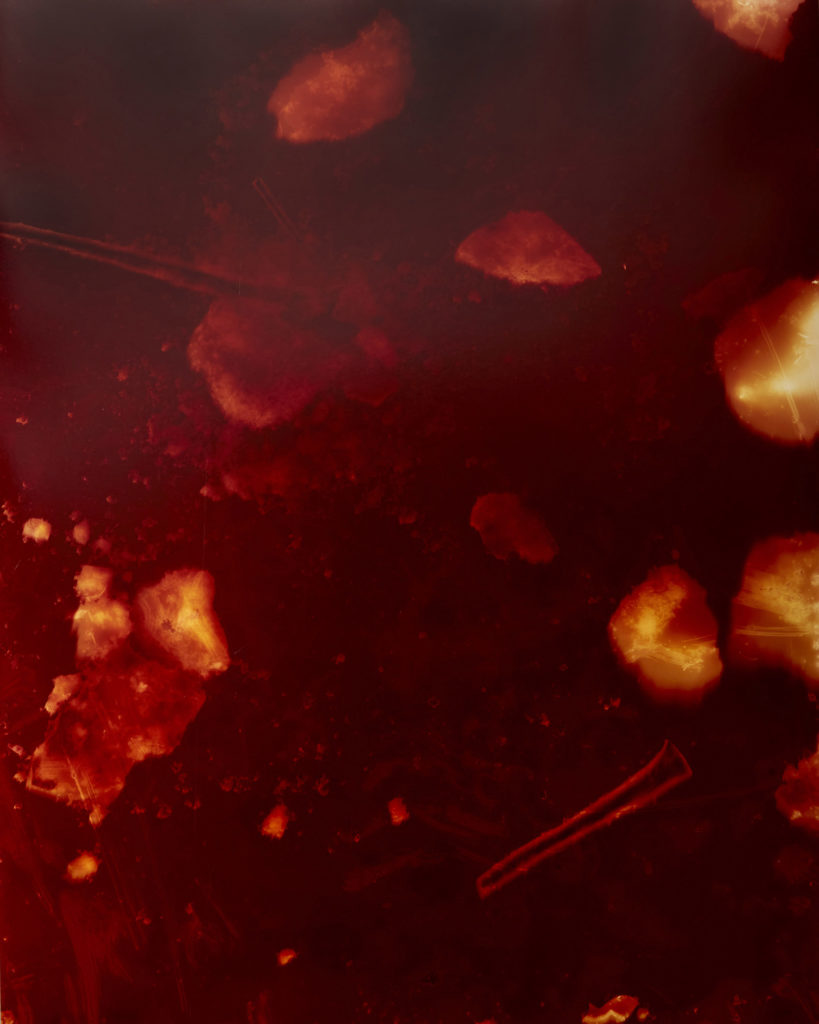
Douglas Mandry, Titlis 210127-024, 2021, série Monuments, courtesy Galerie Binome
pièce unique – 50,7 x 40,6 cm
Photogramme sur papier Kodak, encadrement plexiglass
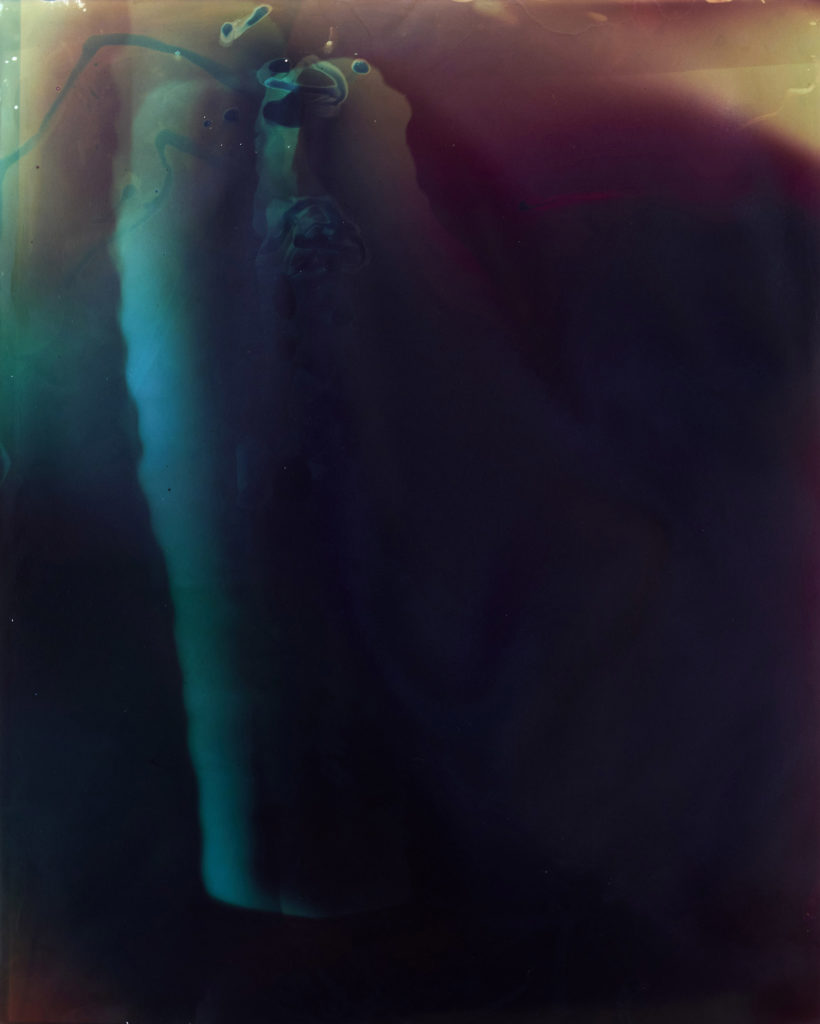
Douglas Mandry, Titlis 210217-032, 2021, série Monuments, courtesy Galerie Binome
pièce unique – 50,7 x 40,6 cm
Photogramme sur papier Kodak, encadrement plexiglass
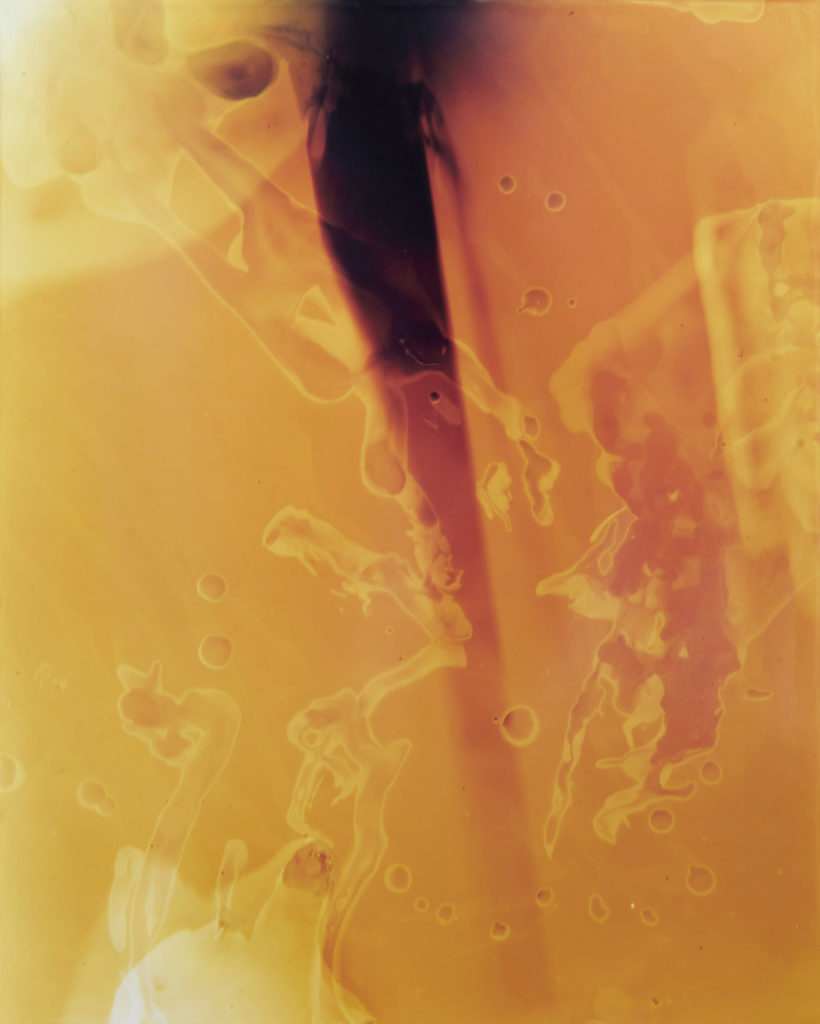
Douglas Mandry, Titlis 210217-033, 2021, série Monuments, courtesy Galerie Binome
pièce unique – 50,7 x 40,6 cm
Photogramme sur papier Kodak, encadrement plexiglass
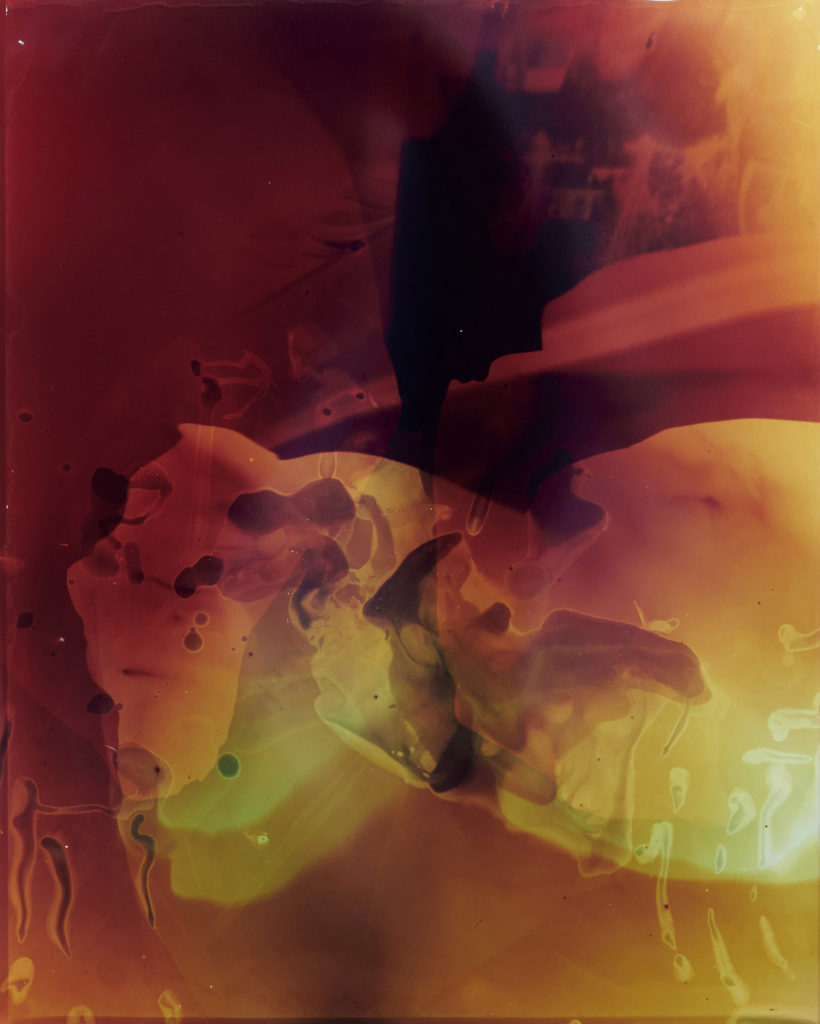
Douglas Mandry, Titlis 210217-034, 2021, série Monuments, courtesy Galerie Binome
pièce unique – 50,7 x 40,6 cm
Photogramme sur papier Kodak, encadrement plexiglass
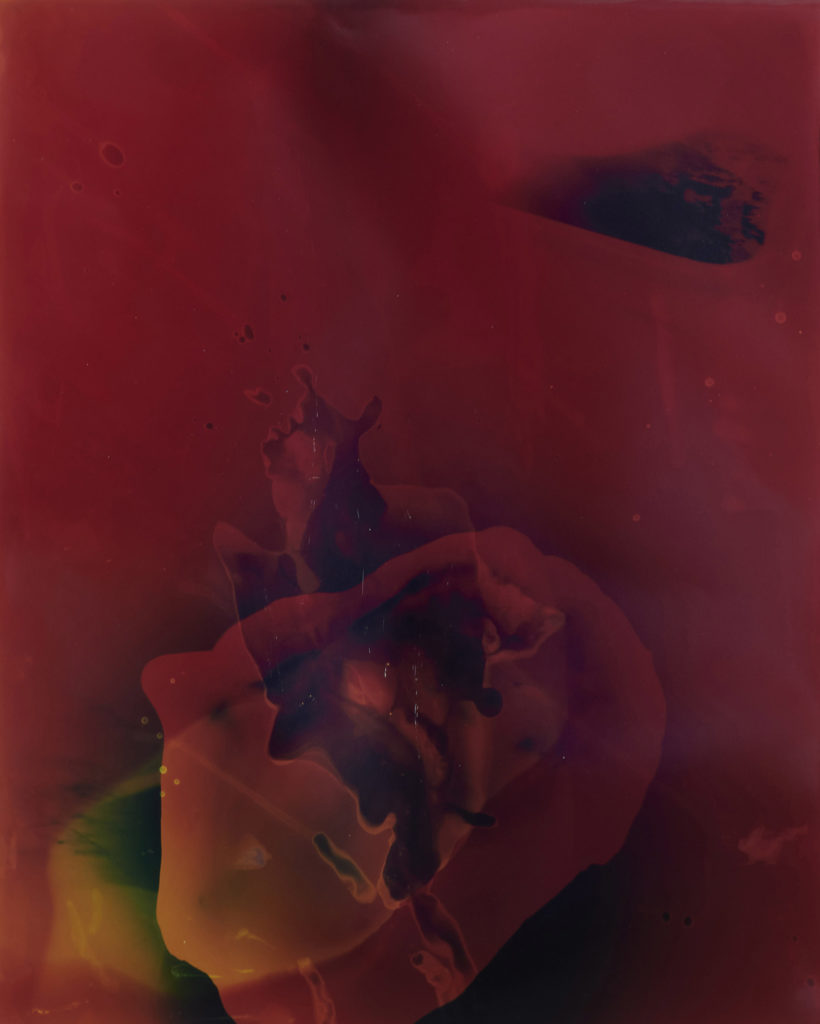
Douglas Mandry, Titlis 210217-035, 2021, série Monuments, courtesy Galerie Binome
pièce unique – 50,7 x 40,6 cm
Photogramme sur papier Kodak, encadrement plexiglass
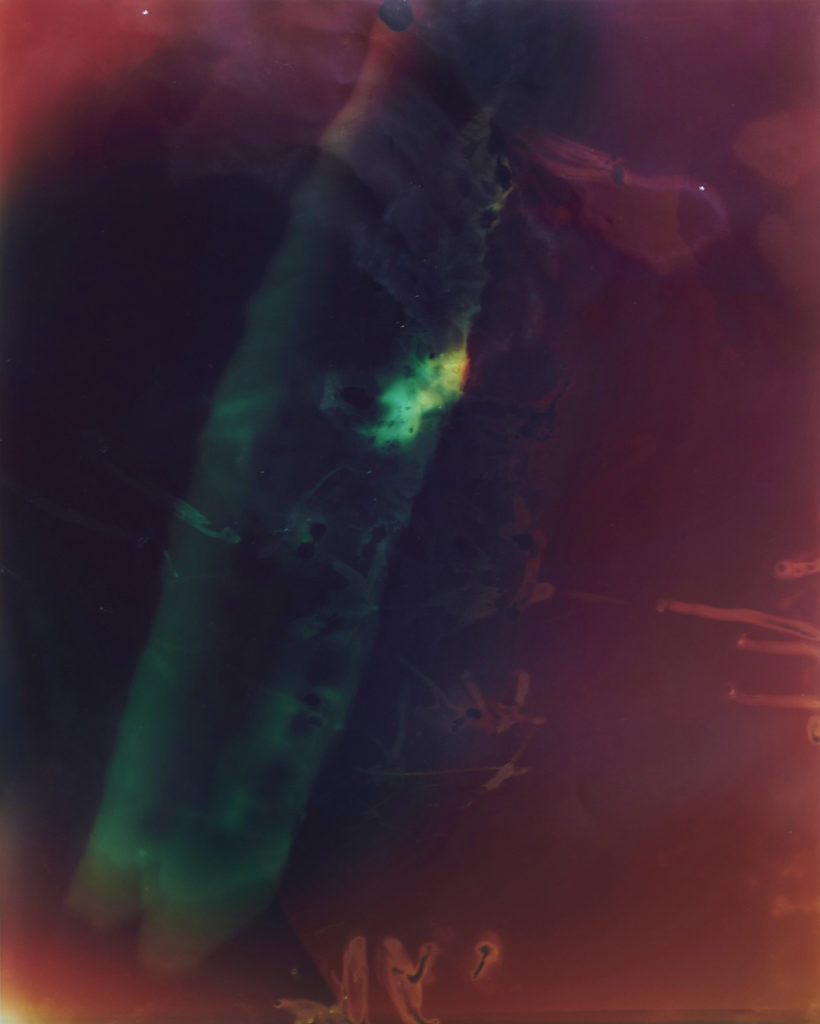
Douglas Mandry, Titlis 210217-036, 2021, série Monuments, courtesy Galerie Binome
pièce unique – 50,7 x 40,6 cm
Photogramme sur papier Kodak, encadrement plexiglass
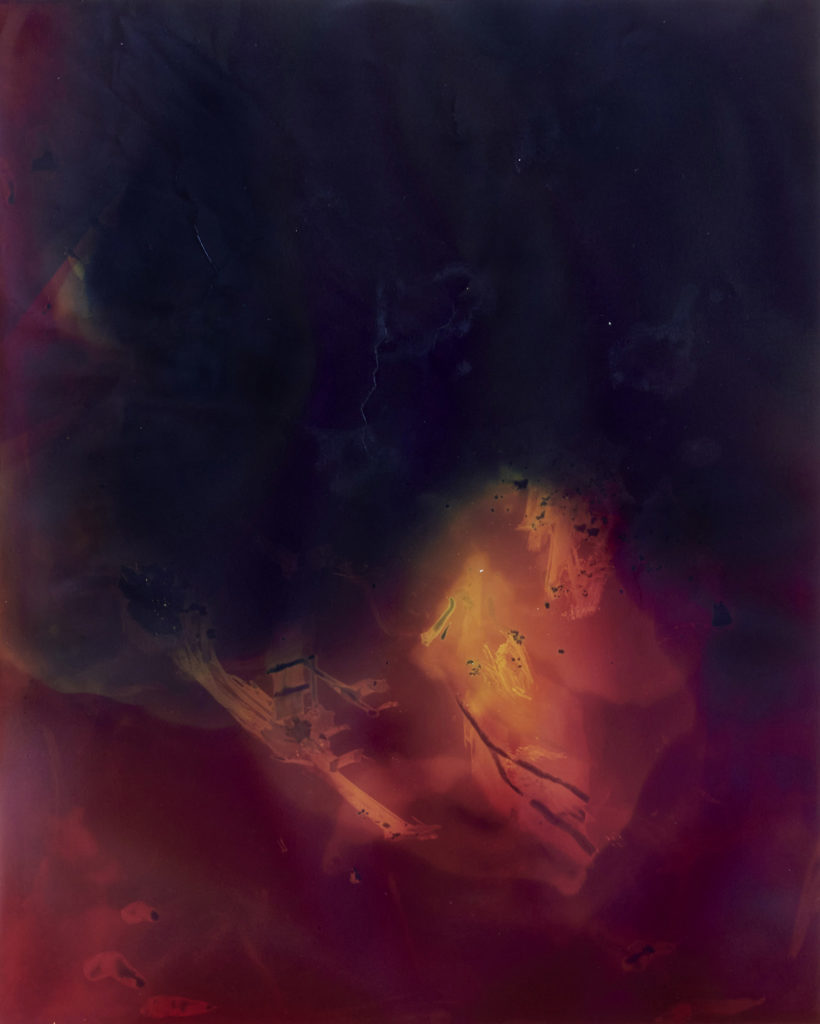
Douglas Mandry, Titlis 210217-037, 2021, série Monuments, courtesy Galerie Binome
pièce unique – 50,7 x 40,6
Photogramme sur papier Kodak, encadrement plexiglass
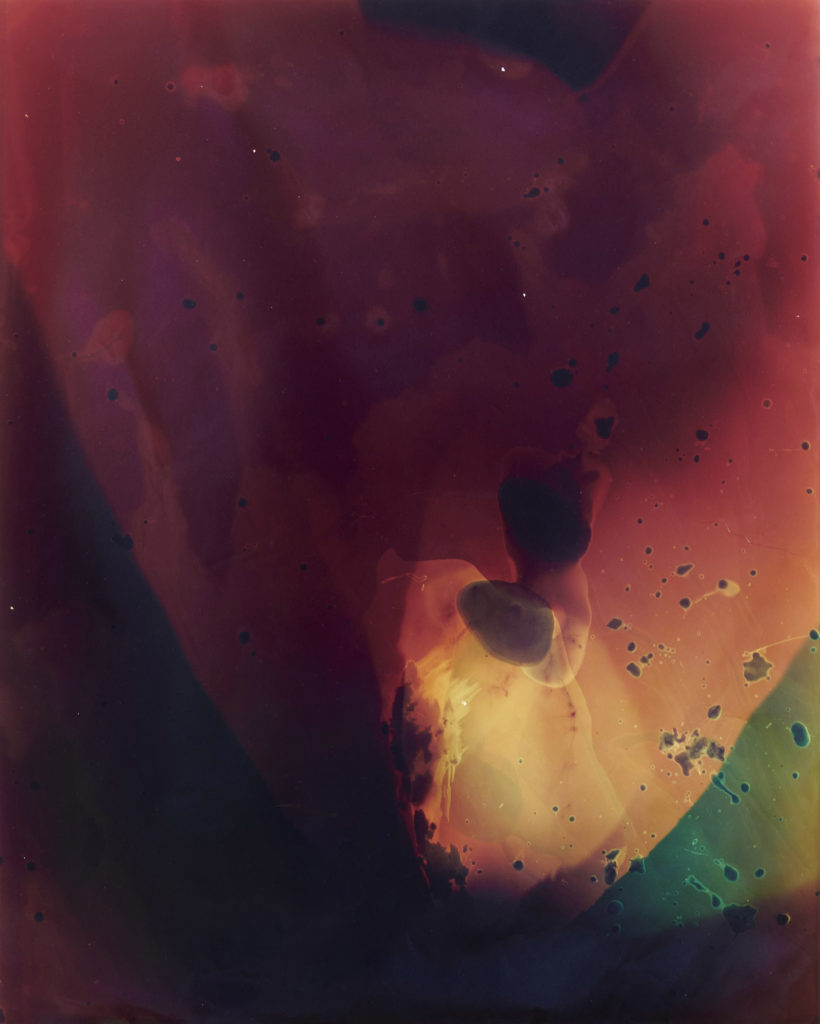
Douglas Mandry, Titlis 210217-038, 2021, série Monuments, courtesy Galerie Binome
pièce unique – 50,7 x 40,6
Photogramme sur papier Kodak, encadrement plexiglass
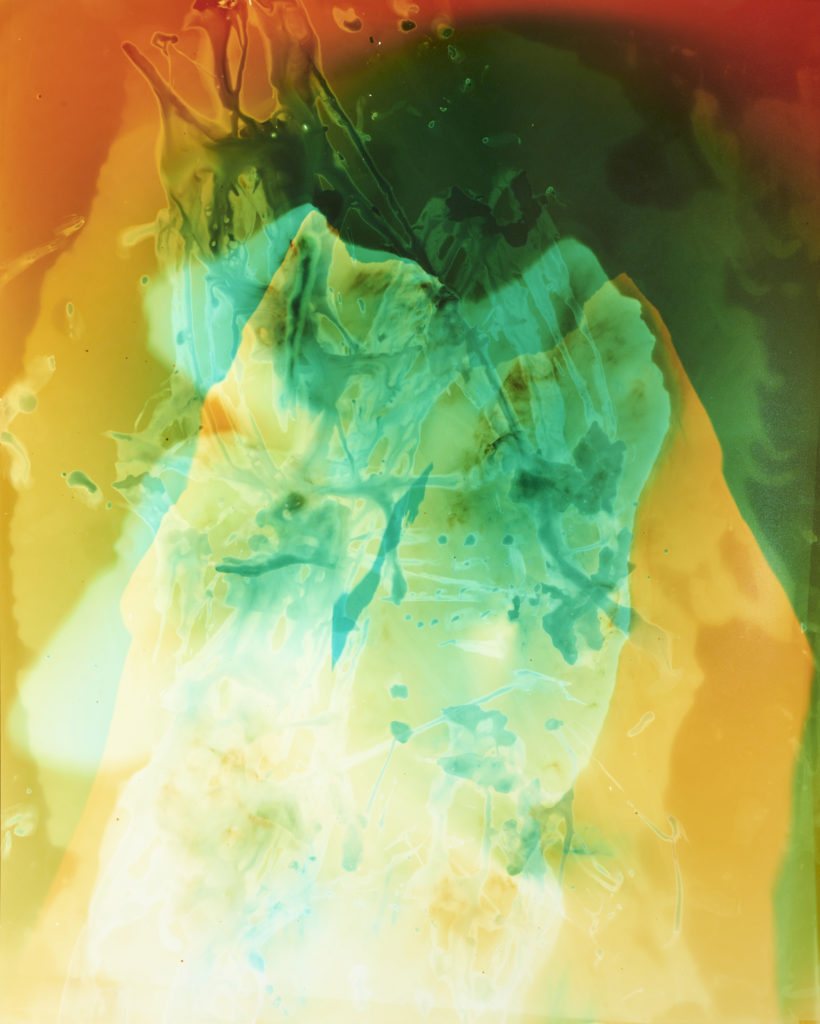
Douglas Mandry, Plaine-morte-210421_020, série Monuments, 2020-21
photogramme sur papier Kodak au sténopé de glace, encadrement plexiglass
pièce unique – 50,7 x 40,6 – vend
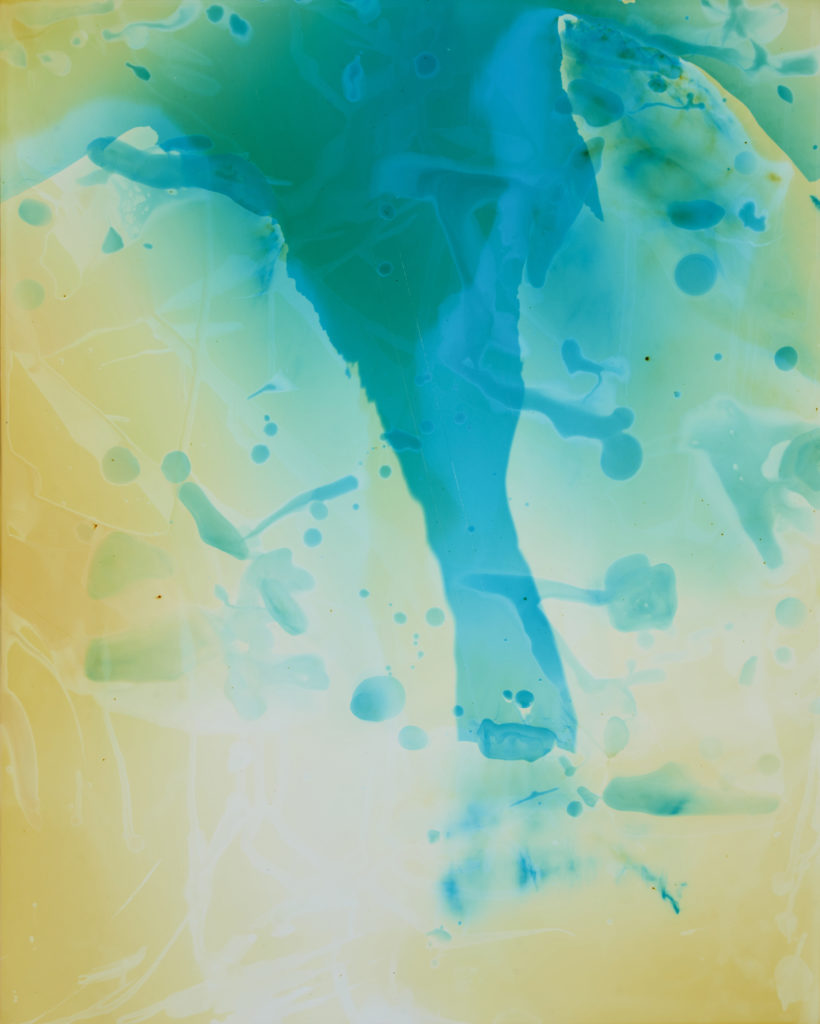
Douglas Mandry, Plaine-morte-210421-006, série Monuments, 2020-21
photogramme sur papier Kodak au sténopé de glace, encadrement plexiglass
pièce unique – 50,7 x 40,6cm – vendu
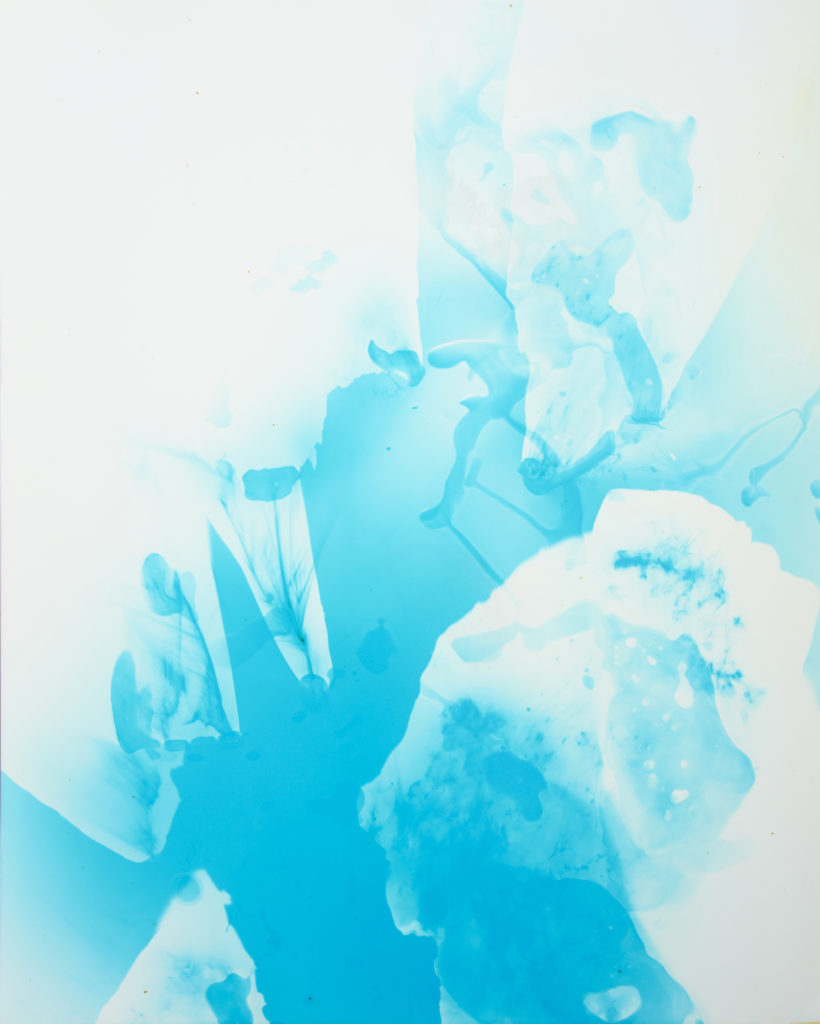
Douglas Mandry, Plaine-Morte_210420_012, 2021, série Monuments
courtesy Galerie Binome
pièce unique – 50,7 x 40,6 cm – vendu
photogramme sur papier Kodak au sténopé de glace, encadrement plexiglass
Mandry exploite les effets physiques des glaciers suisses sur son travail. Des feuilles de papier couleur photosensibles sont insérées avec des blocs de glace dans un sténopé grand format fabriqué par l’artiste, qui voyage avec lui à travers les montagnes. Grâce à des obturateurs à
ouverture spécifique percés dans l’appareil photo en bois, la glace fondante prélevée sur place est exposée directement sur la surface du tirage. Les traces d’eau filtrée par la lumière environnante laissées sur le papier sont ensuite révélées dans une chambre noire. L’abstraction des formes en délitement et les variations chromatiques évoquent le réchauffement climatique à l’œuvre.
Mandry uses the physical effects of the Swiss glaciers on his work. Sheets of light-sensitive coloured paper are inserted with blocks of ice into a large-format pinhole camera made by the artist, which travels with him through the mountains. Using special aperture shutters drilled into the wooden camera, the melting ice taken from the site is exposed directly on the surface of the print. The traces of water filtered by the surrounding light left on the paper are then revealed in a darkroom. The abstraction of the disintegrating forms and the chromatic variations evoke the global warming at work.
